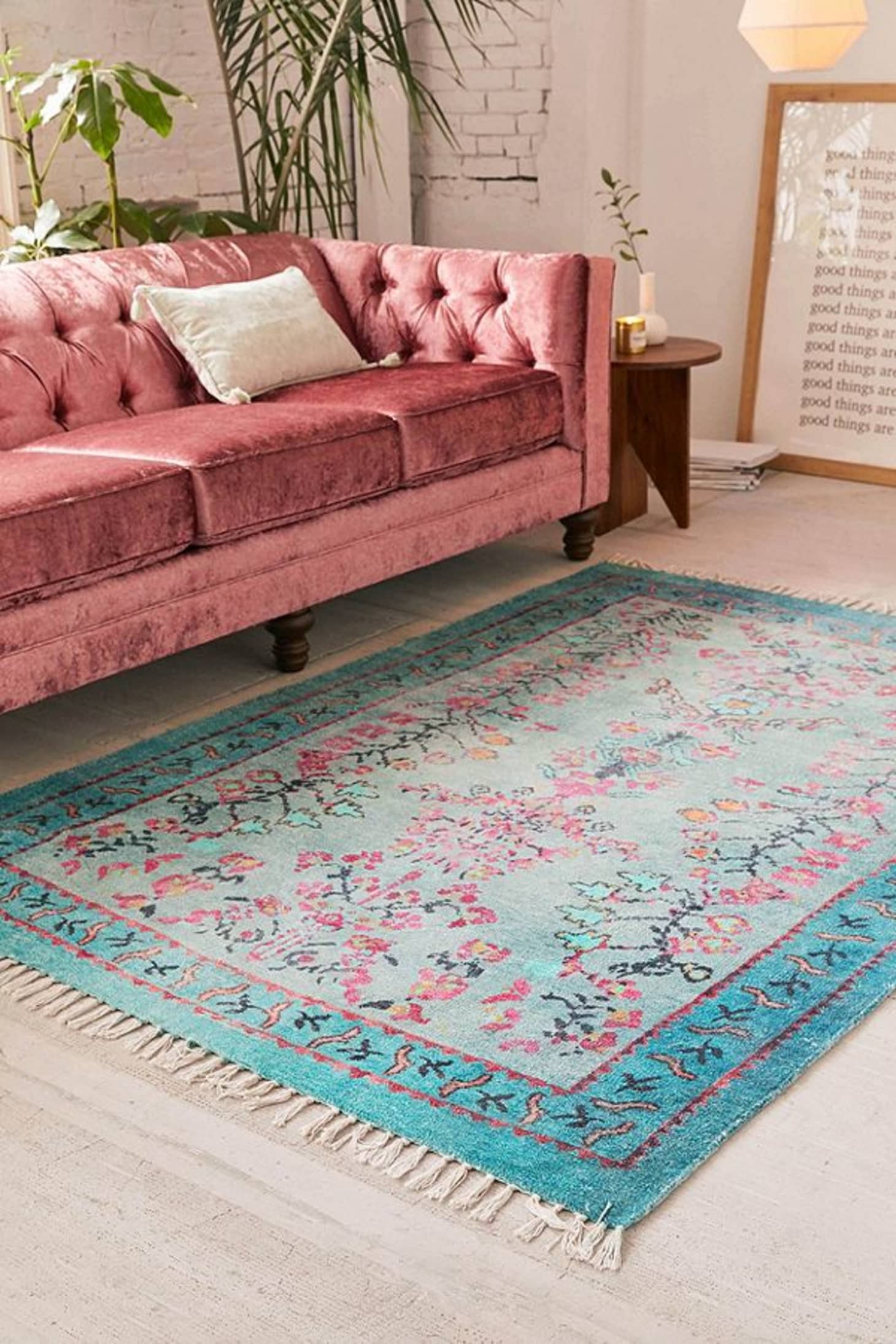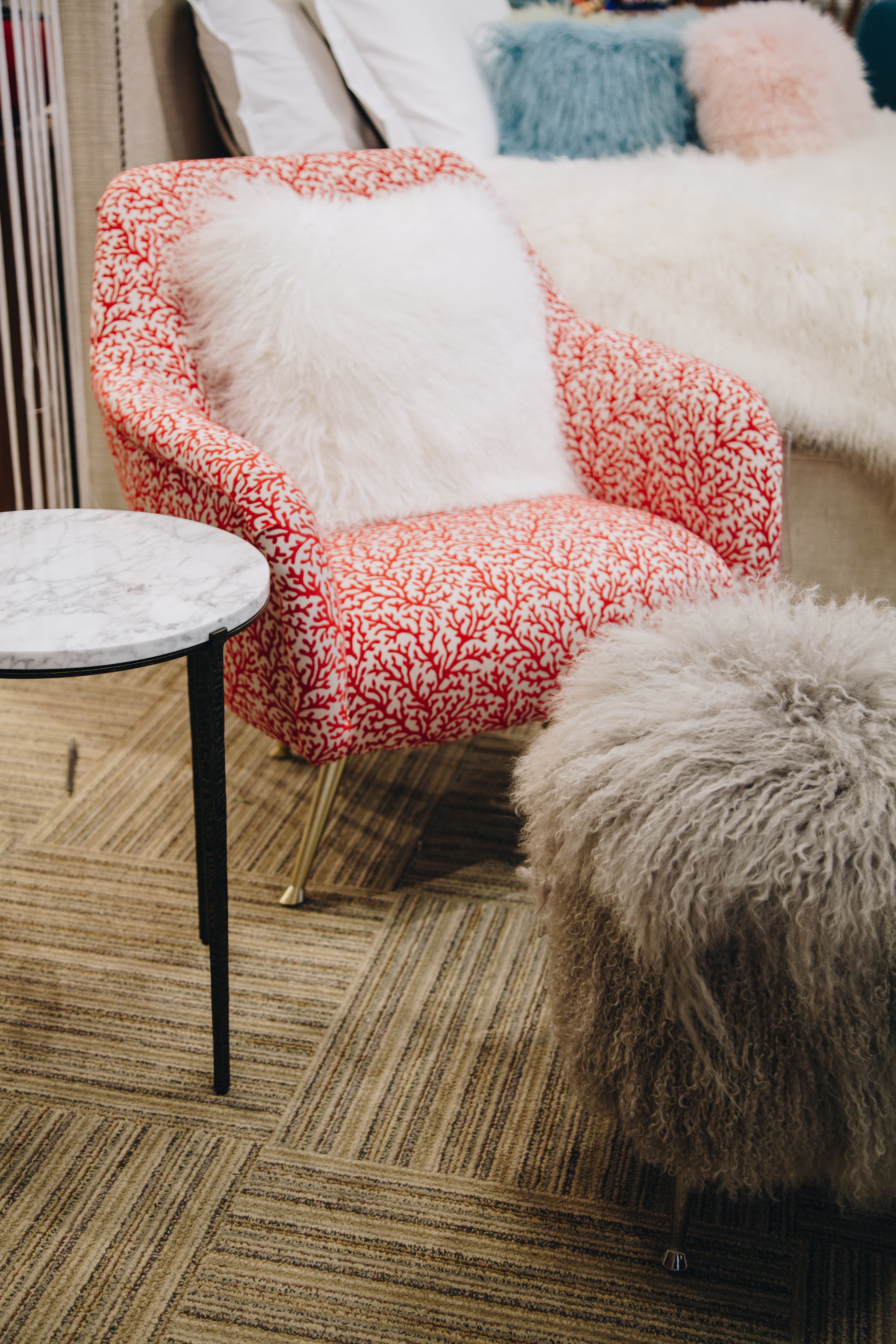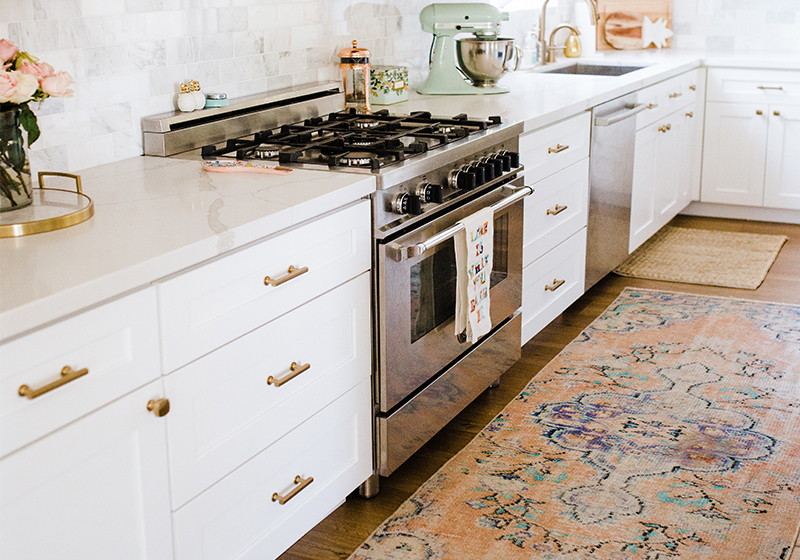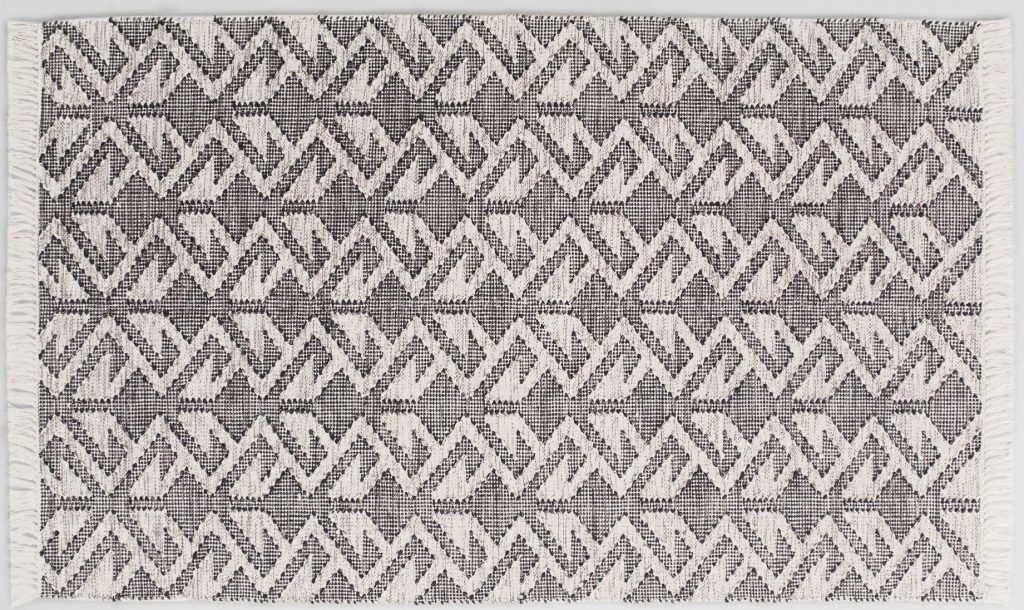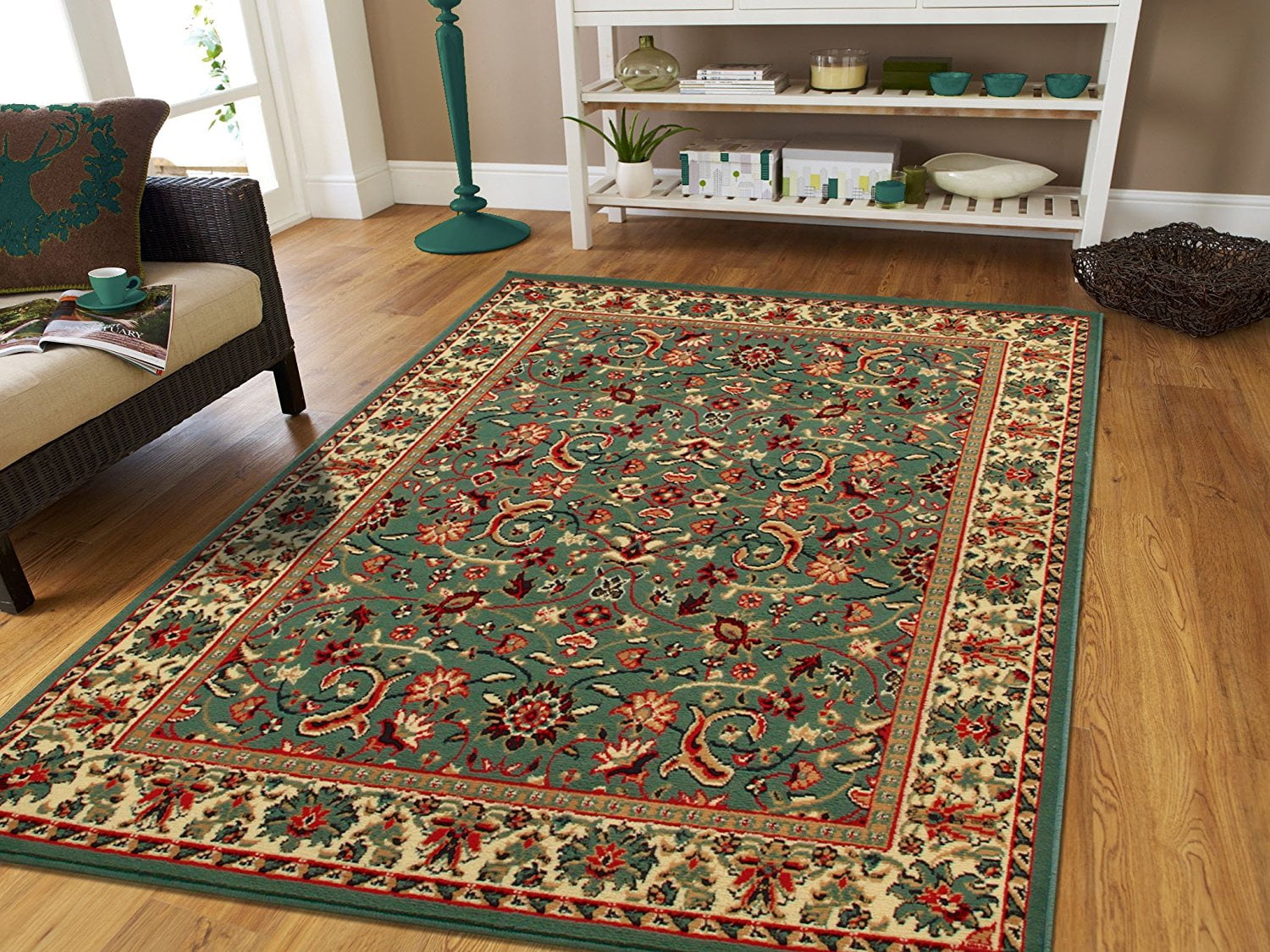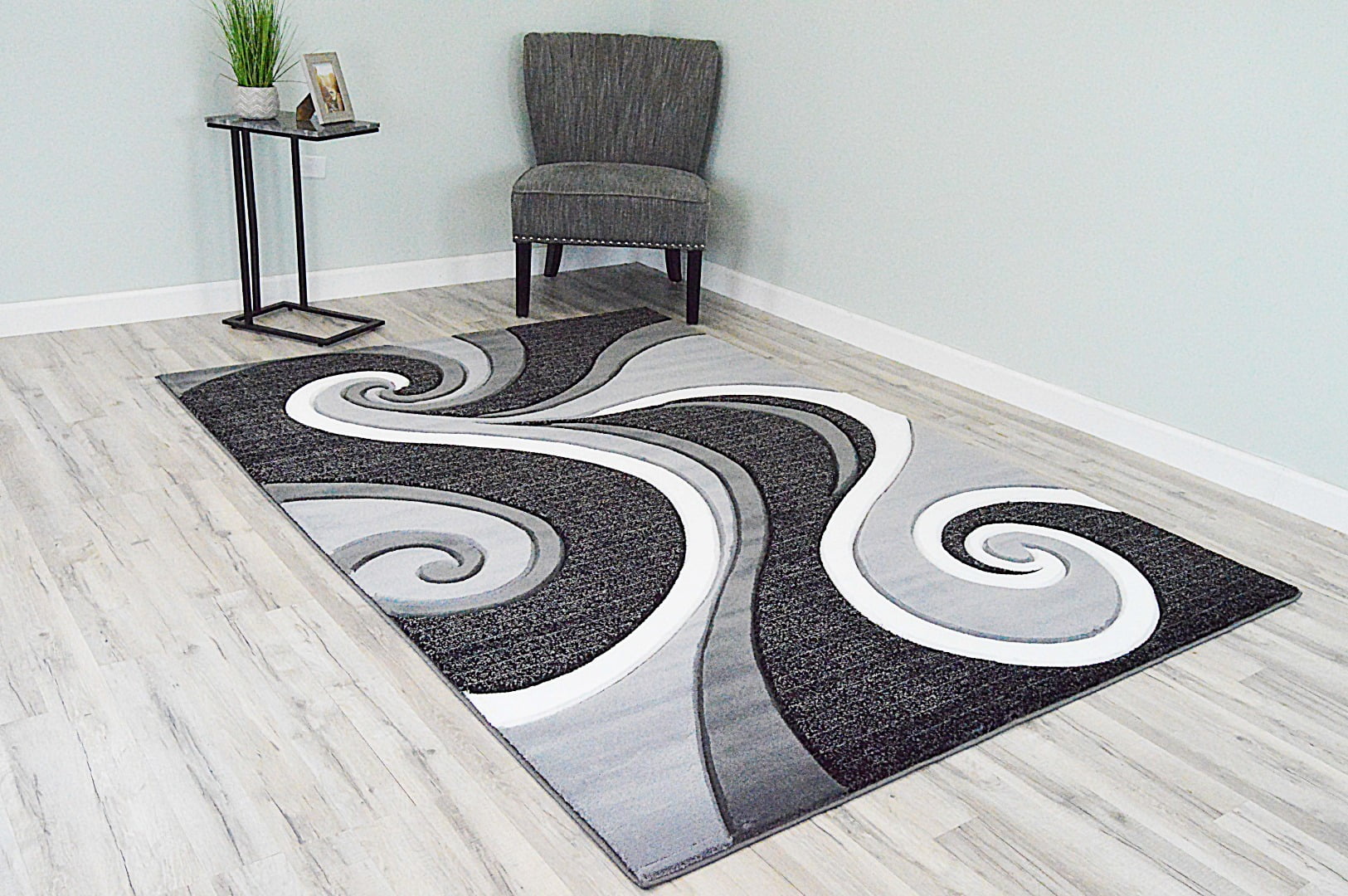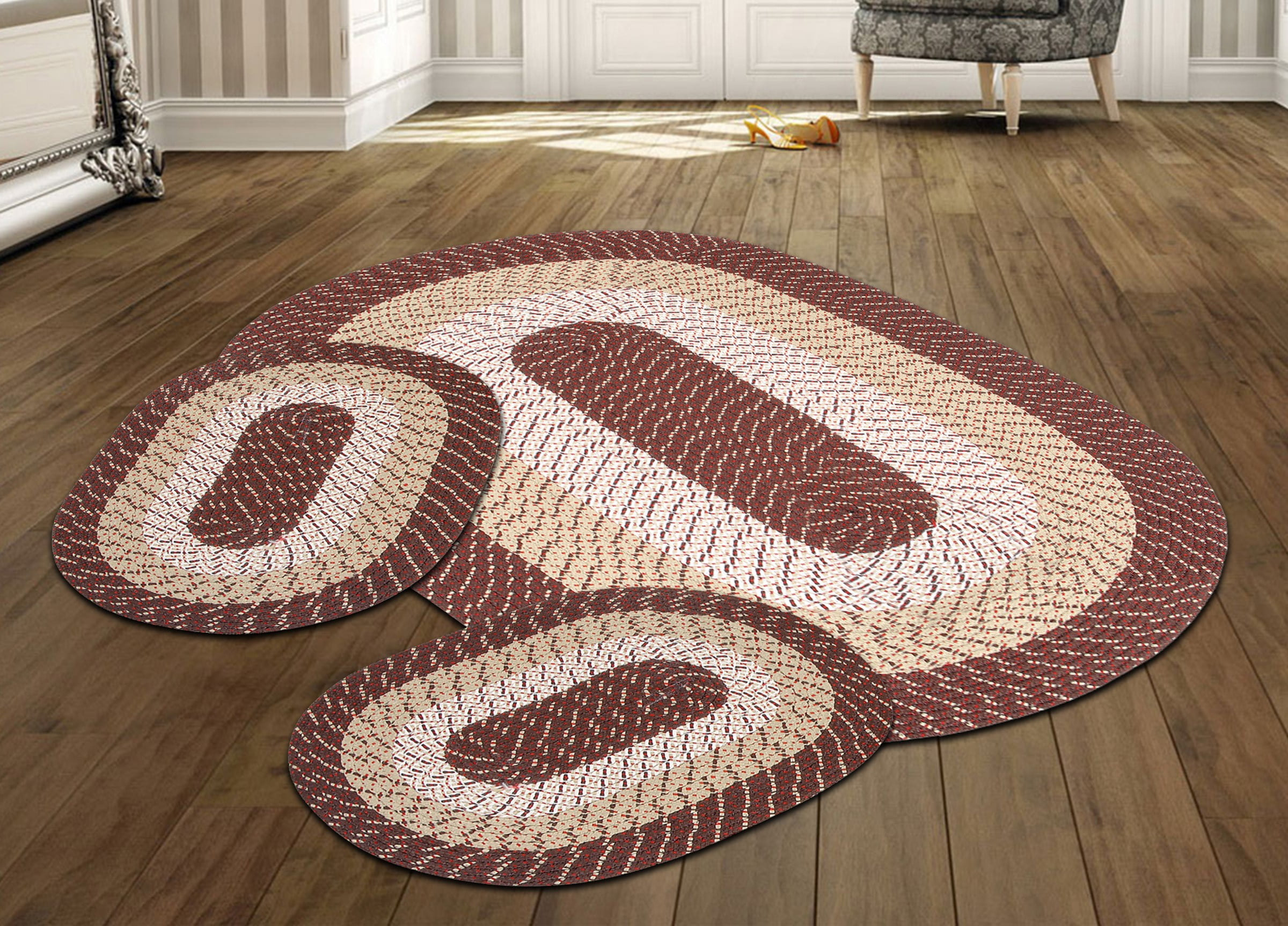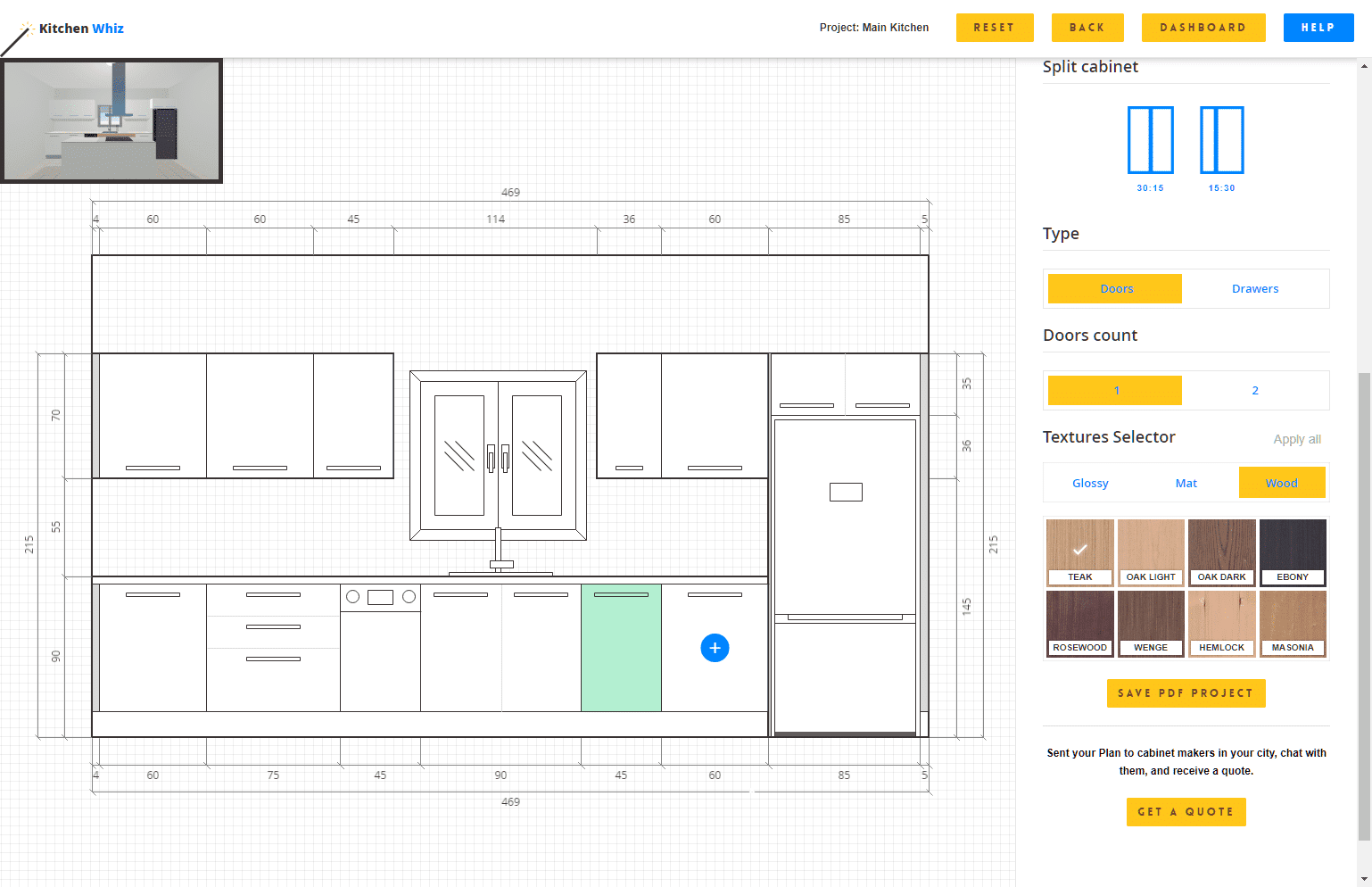Rug Size
When it comes to choosing a rug for your dining room, size is one of the most important factors to consider. A rug that is too small will make the room feel unbalanced and a rug that is too large will make the room feel cramped. As a general rule, your dining room rug should be at least two feet larger than your dining table on all sides. This will allow for enough space for your chairs to comfortably fit on the rug when pulled out.
Rug Placement
The placement of your rug in relation to your dining table is also crucial. The rug should be centered under the table, with equal amounts of space on all sides. This will help to create a cohesive and balanced look in the room. If your dining table is placed against a wall, make sure the rug is placed at least 18 inches away from the wall to prevent it from getting caught when pulling out chairs.
Rug Material
The material of your rug is another important consideration. Since the dining room is a high traffic area, it's best to choose a rug made from a durable and stain-resistant material such as wool, cotton, or synthetic fibers. These materials are also easy to clean, making them a practical choice for a dining room.
Rug Shape
The shape of your rug can also make a big impact on the overall look of your dining room. The most common shape for a dining room rug is rectangular, as it complements the shape of most dining tables. However, if you have a round or oval dining table, a round or oval rug can be a great choice to create a cohesive look.
Rug Color
When choosing the color of your dining room rug, consider the overall color scheme of the room. If your walls and furniture are neutral, a bold and colorful rug can add a pop of personality and visual interest. On the other hand, if your walls and furniture are already colorful, a more muted or neutral rug can help to balance out the space.
Rug Maintenance
Regular maintenance is key to keeping your dining room rug looking its best. Be sure to vacuum it regularly to prevent dirt and debris from getting trapped in the fibers. If any spills occur, make sure to clean them up immediately to prevent stains from setting in. It's also a good idea to have your rug professionally cleaned every 1-2 years to keep it looking like new.
Rug Texture
The texture of your rug can also add dimension and interest to your dining room. A shag or high-pile rug can add a cozy and inviting feel, while a flat-weave or low-pile rug can create a more modern and sleek look. Consider the overall style and feel of your dining room when choosing the texture of your rug.
Rug Pattern
A patterned rug can add a bold and eye-catching element to your dining room. However, it's important to choose a pattern that complements the other elements in the room. For example, if your dining chairs have a lot of pattern, opt for a more subtle or solid rug. If your chairs are more simple, a bold patterned rug can make a statement.
Rug Budget
Before starting your search for a dining room rug, it's important to set a budget. Rugs can vary greatly in price, so it's important to determine how much you are willing to spend before making a decision. Consider the size, material, and quality of the rug when setting your budget.
Rug Style
Last but certainly not least, the style of your rug should complement the overall style of your dining room. If your dining room has a more traditional feel, a Persian or Oriental rug can add a touch of elegance. For a more modern and eclectic space, a geometric or abstract rug can make a statement. Whatever your style may be, be sure to choose a rug that you love and that adds to the overall aesthetic of your dining room.
Why a Dining Room Rug is Essential for Your Home
/choose-dining-room-rug-1391112-hero-4206622634654a6287cc0aff928c1fa1.jpg) A dining room rug is not just a decorative piece for your home, it also serves a functional purpose. Many people underestimate the impact a rug can have on a dining room, but it can truly tie the whole space together. In addition, a rug can protect your flooring, add warmth and texture, and even define the dining area in an open concept home. However, choosing the right rug and placing it properly in your dining room can be a daunting task. Here are some essential rules to follow when it comes to dining room rugs.
A dining room rug is not just a decorative piece for your home, it also serves a functional purpose. Many people underestimate the impact a rug can have on a dining room, but it can truly tie the whole space together. In addition, a rug can protect your flooring, add warmth and texture, and even define the dining area in an open concept home. However, choosing the right rug and placing it properly in your dining room can be a daunting task. Here are some essential rules to follow when it comes to dining room rugs.
Size Matters
 The size of your dining room rug is crucial. A rug that is too small will make the room feel disjointed and disproportionate, while a rug that is too large will overwhelm the space. The general rule of thumb is to have at least 24 inches of rug beyond the edge of your dining table. This allows enough space for chairs to comfortably fit on the rug when pulled out. It's important to measure your dining table and consider the size of the room before purchasing a rug.
Pro tip:
Consider using a round rug for a circular dining table or a rectangular rug for a long, narrow dining table.
The size of your dining room rug is crucial. A rug that is too small will make the room feel disjointed and disproportionate, while a rug that is too large will overwhelm the space. The general rule of thumb is to have at least 24 inches of rug beyond the edge of your dining table. This allows enough space for chairs to comfortably fit on the rug when pulled out. It's important to measure your dining table and consider the size of the room before purchasing a rug.
Pro tip:
Consider using a round rug for a circular dining table or a rectangular rug for a long, narrow dining table.
Material Matters
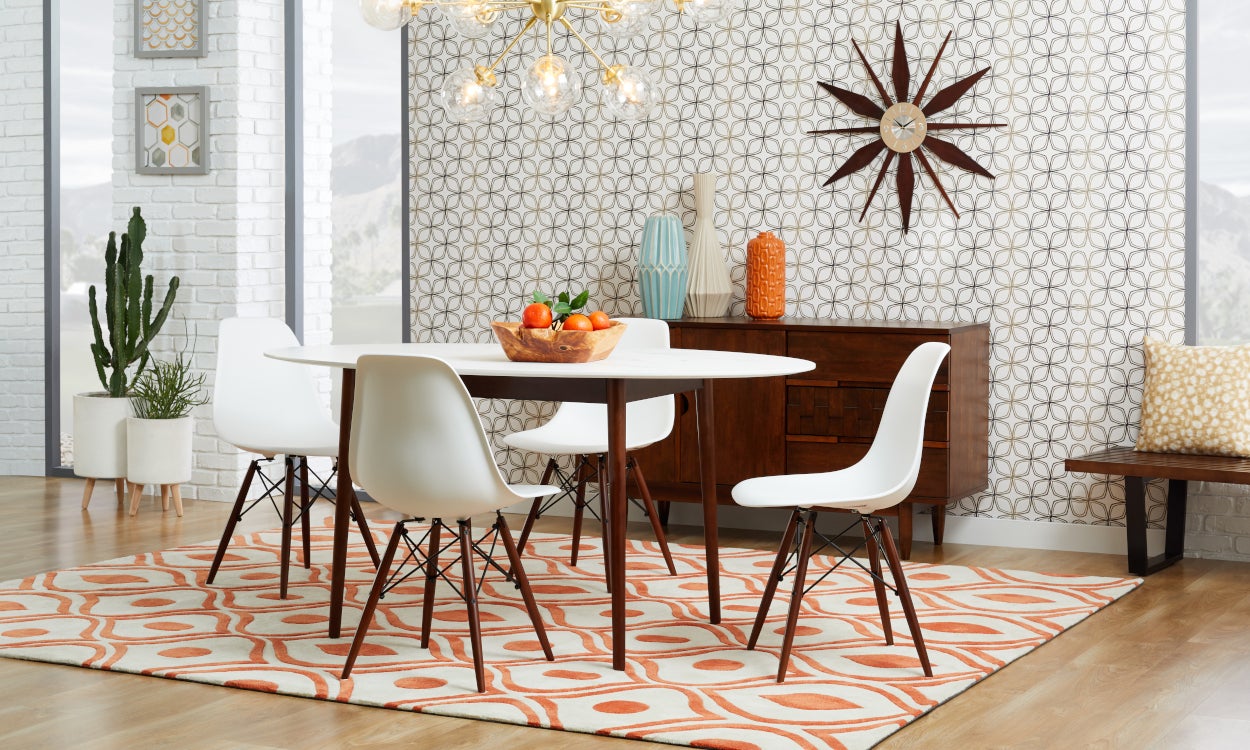 When it comes to dining room rugs, durability and ease of cleaning are key. Since the dining room is a high-traffic area prone to spills and stains, it's important to choose a rug with materials that can withstand frequent use and are easy to clean. Wool, cotton, and synthetic fibers like polypropylene are all great options for dining room rugs. Avoid delicate materials like silk or viscose, which can easily get damaged or stained in a dining room setting.
Pro tip:
Opt for a rug with a low pile or a flatweave to make cleaning up spills a breeze.
When it comes to dining room rugs, durability and ease of cleaning are key. Since the dining room is a high-traffic area prone to spills and stains, it's important to choose a rug with materials that can withstand frequent use and are easy to clean. Wool, cotton, and synthetic fibers like polypropylene are all great options for dining room rugs. Avoid delicate materials like silk or viscose, which can easily get damaged or stained in a dining room setting.
Pro tip:
Opt for a rug with a low pile or a flatweave to make cleaning up spills a breeze.
Style Matters
 The dining room is often a formal space, and your rug should reflect that. Choose a rug that complements the style of your dining room furniture and adds a touch of elegance to the space. For a traditional or classic dining room, a Persian or Oriental rug can add a timeless touch. For a more modern dining room, a geometric or abstract patterned rug can bring a contemporary flair. Remember to also consider the color and pattern of the rug in relation to the rest of the room's decor.
Pro tip:
If you have a busy or patterned wallpaper in your dining room, opt for a solid-colored rug to avoid clashing patterns.
The dining room is often a formal space, and your rug should reflect that. Choose a rug that complements the style of your dining room furniture and adds a touch of elegance to the space. For a traditional or classic dining room, a Persian or Oriental rug can add a timeless touch. For a more modern dining room, a geometric or abstract patterned rug can bring a contemporary flair. Remember to also consider the color and pattern of the rug in relation to the rest of the room's decor.
Pro tip:
If you have a busy or patterned wallpaper in your dining room, opt for a solid-colored rug to avoid clashing patterns.
Placement Matters
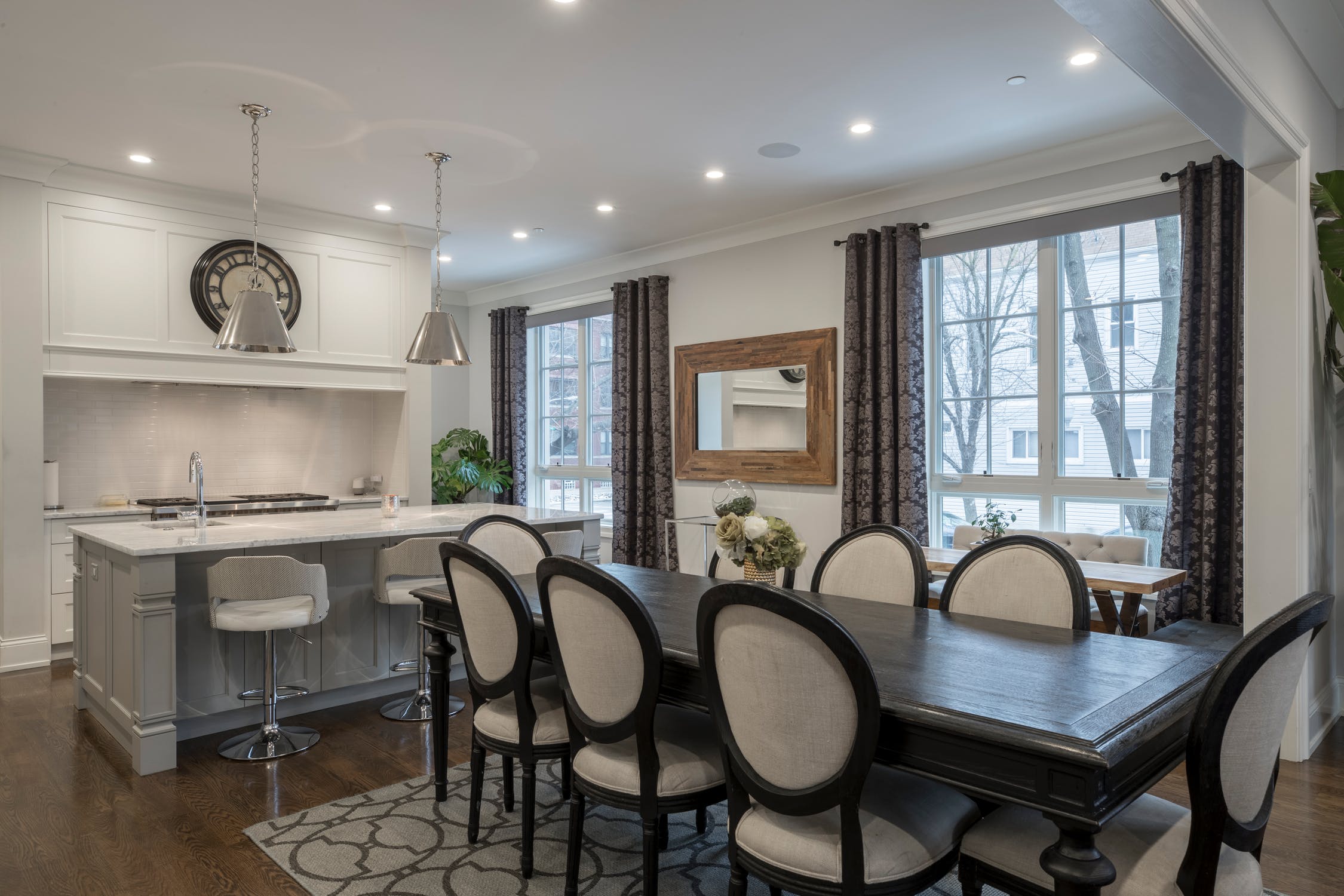 Finally, the placement of your dining room rug is important for both aesthetics and function. The most common placement is to have the rug centered under the dining table, with at least 24 inches of rug extending beyond the table on all sides. However, in some cases, you may want to place the rug off-center for a more unique and dynamic look. Just make sure the rug is still large enough to accommodate the chairs when pulled out.
Pro tip:
Use rug tape or a rug pad to prevent the rug from slipping and sliding under the weight of the dining table and chairs.
In conclusion, a dining room rug is an essential piece for any home. Not only does it add style and warmth to the space, but it also serves a functional purpose. Remember to follow these rules when choosing and placing a rug in your dining room to create a cohesive and inviting space.
Finally, the placement of your dining room rug is important for both aesthetics and function. The most common placement is to have the rug centered under the dining table, with at least 24 inches of rug extending beyond the table on all sides. However, in some cases, you may want to place the rug off-center for a more unique and dynamic look. Just make sure the rug is still large enough to accommodate the chairs when pulled out.
Pro tip:
Use rug tape or a rug pad to prevent the rug from slipping and sliding under the weight of the dining table and chairs.
In conclusion, a dining room rug is an essential piece for any home. Not only does it add style and warmth to the space, but it also serves a functional purpose. Remember to follow these rules when choosing and placing a rug in your dining room to create a cohesive and inviting space.
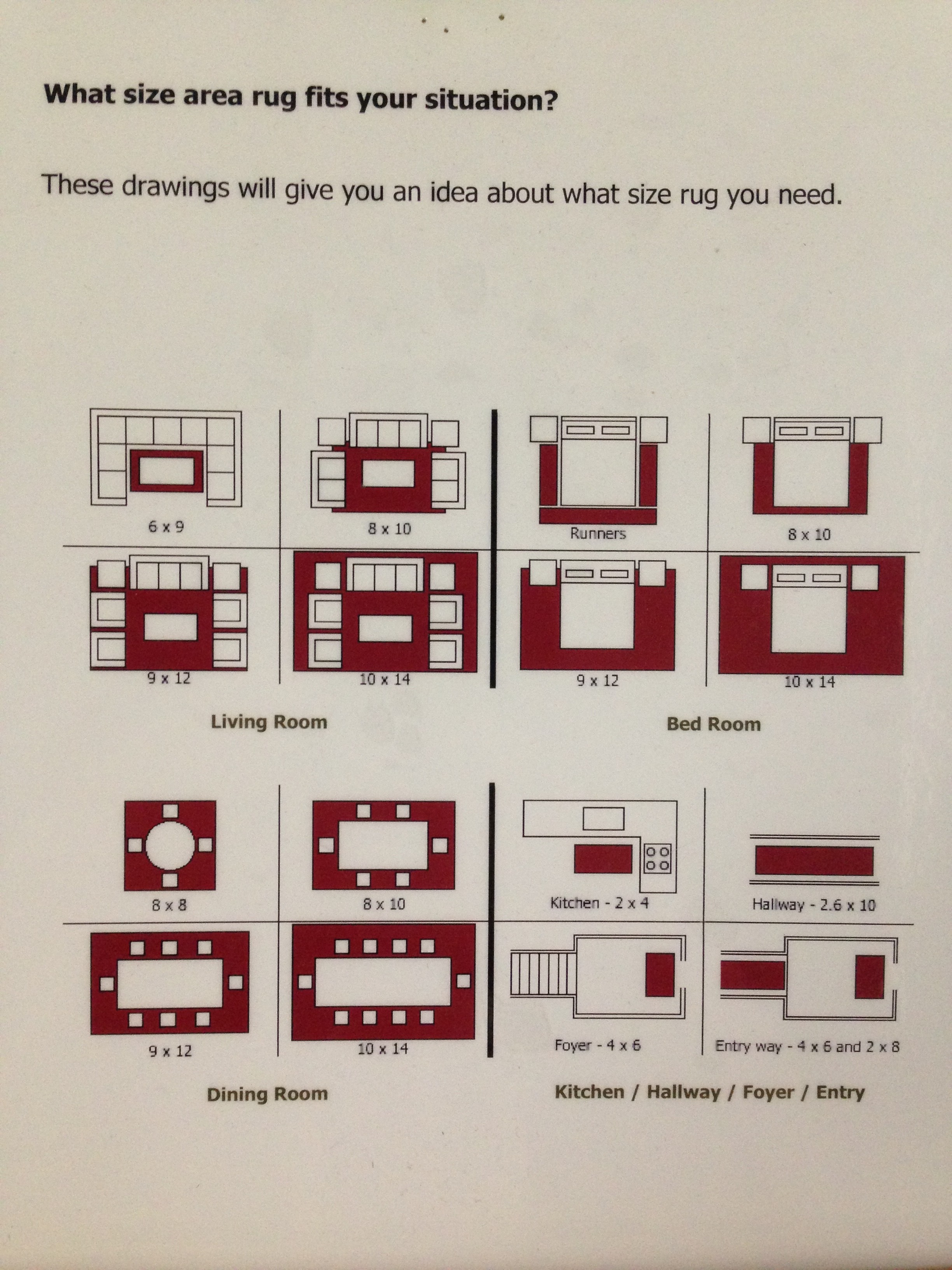
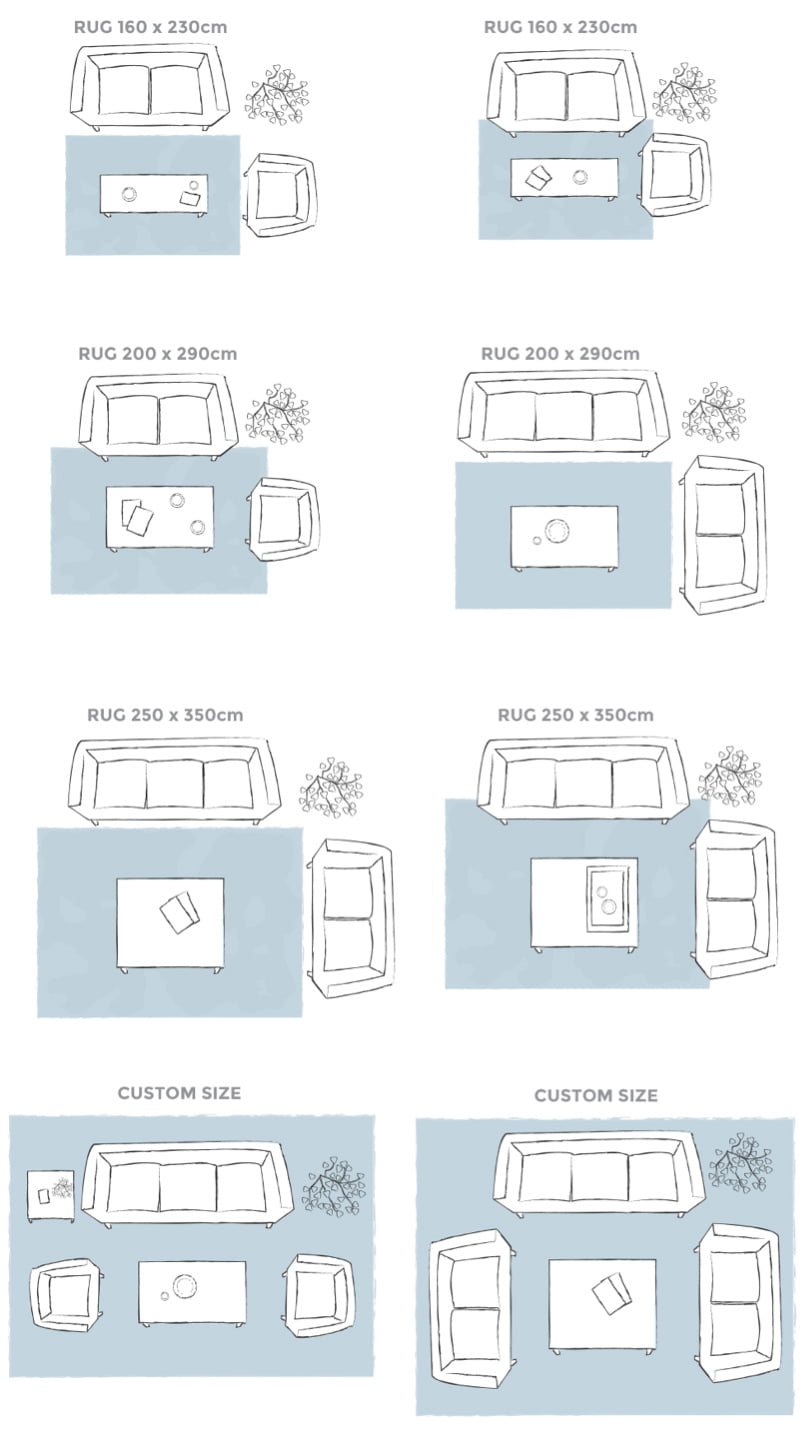

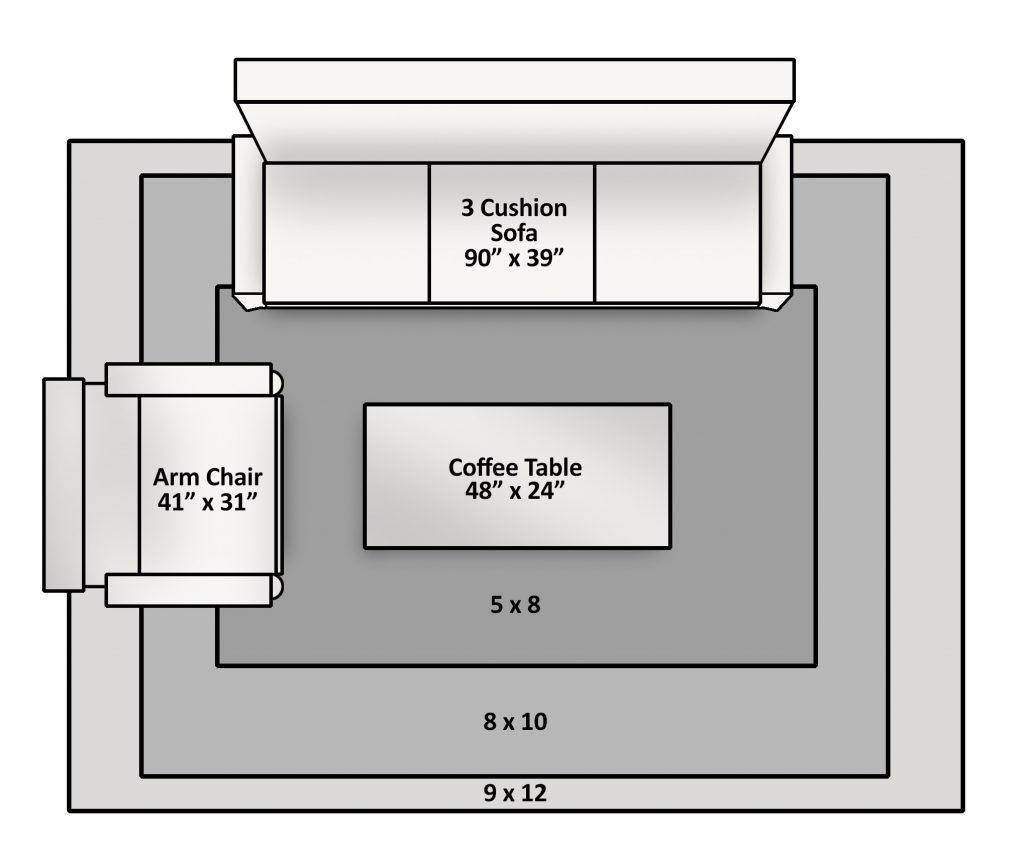


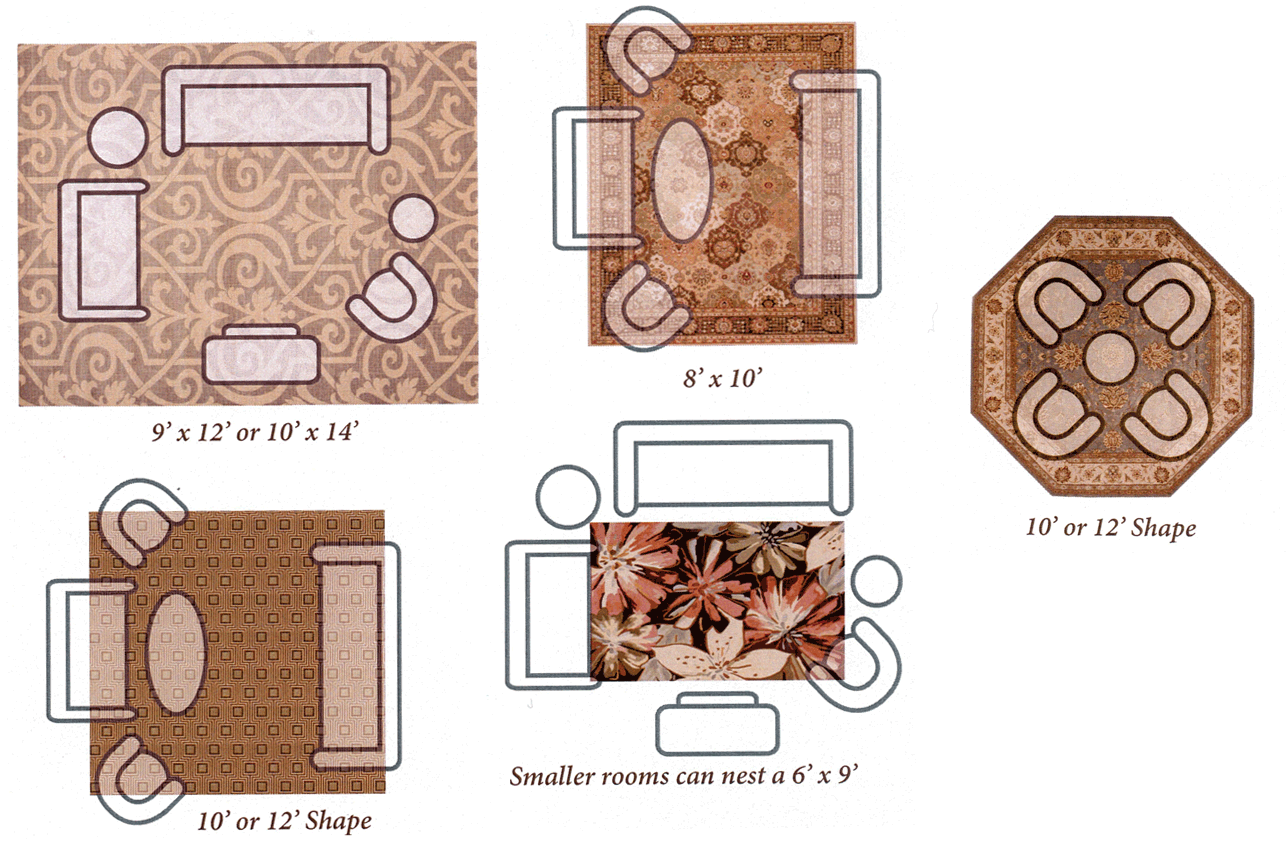


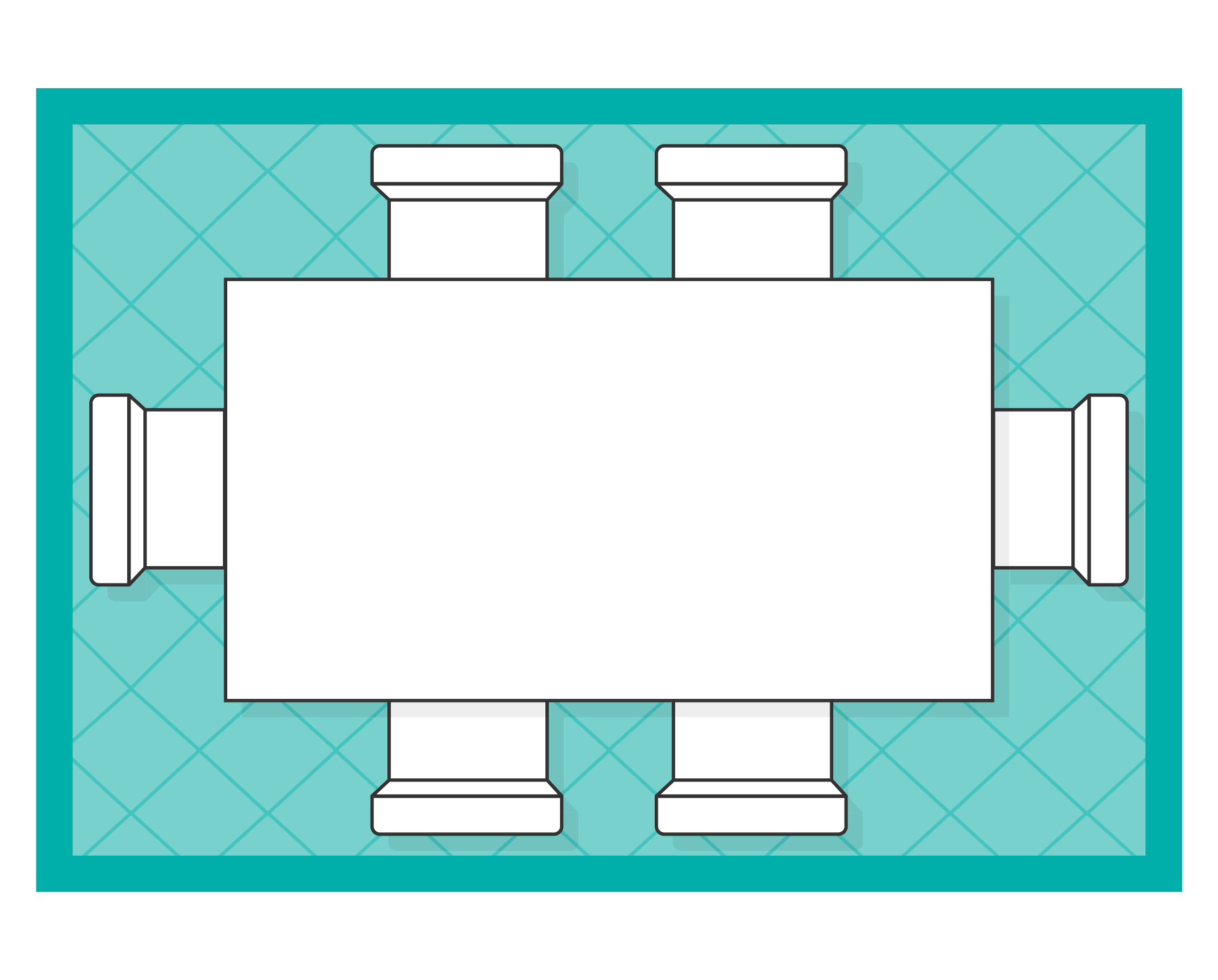


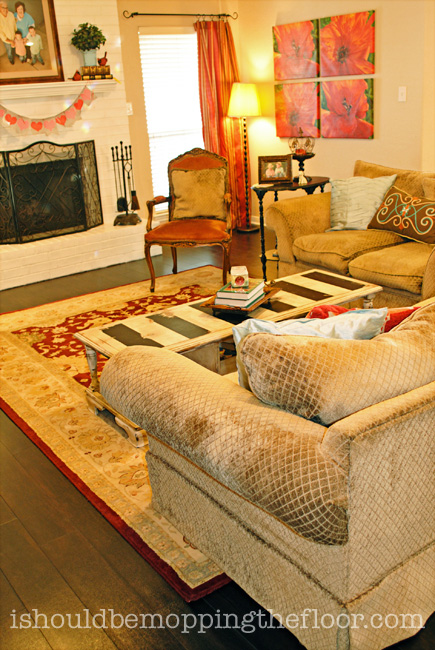
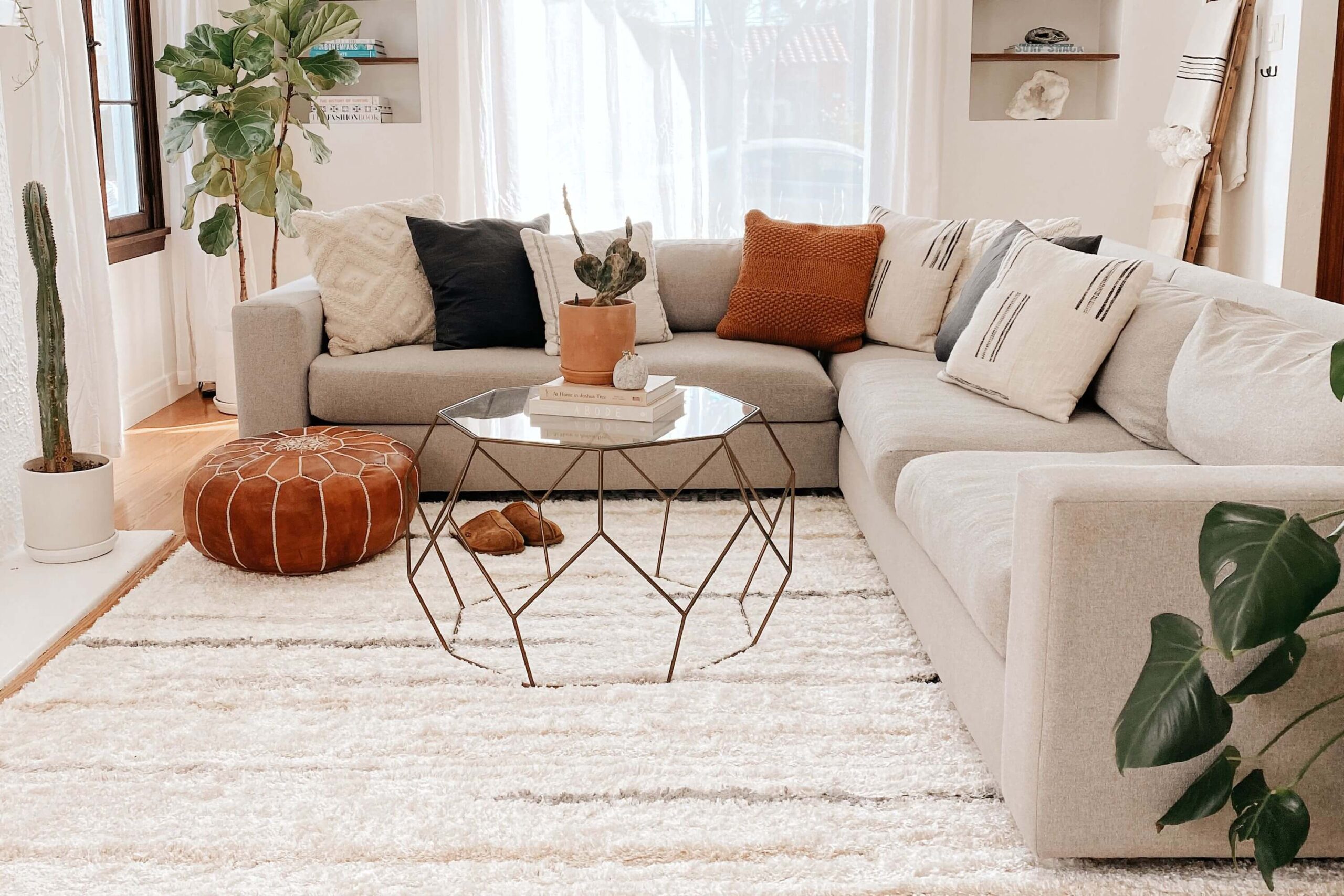

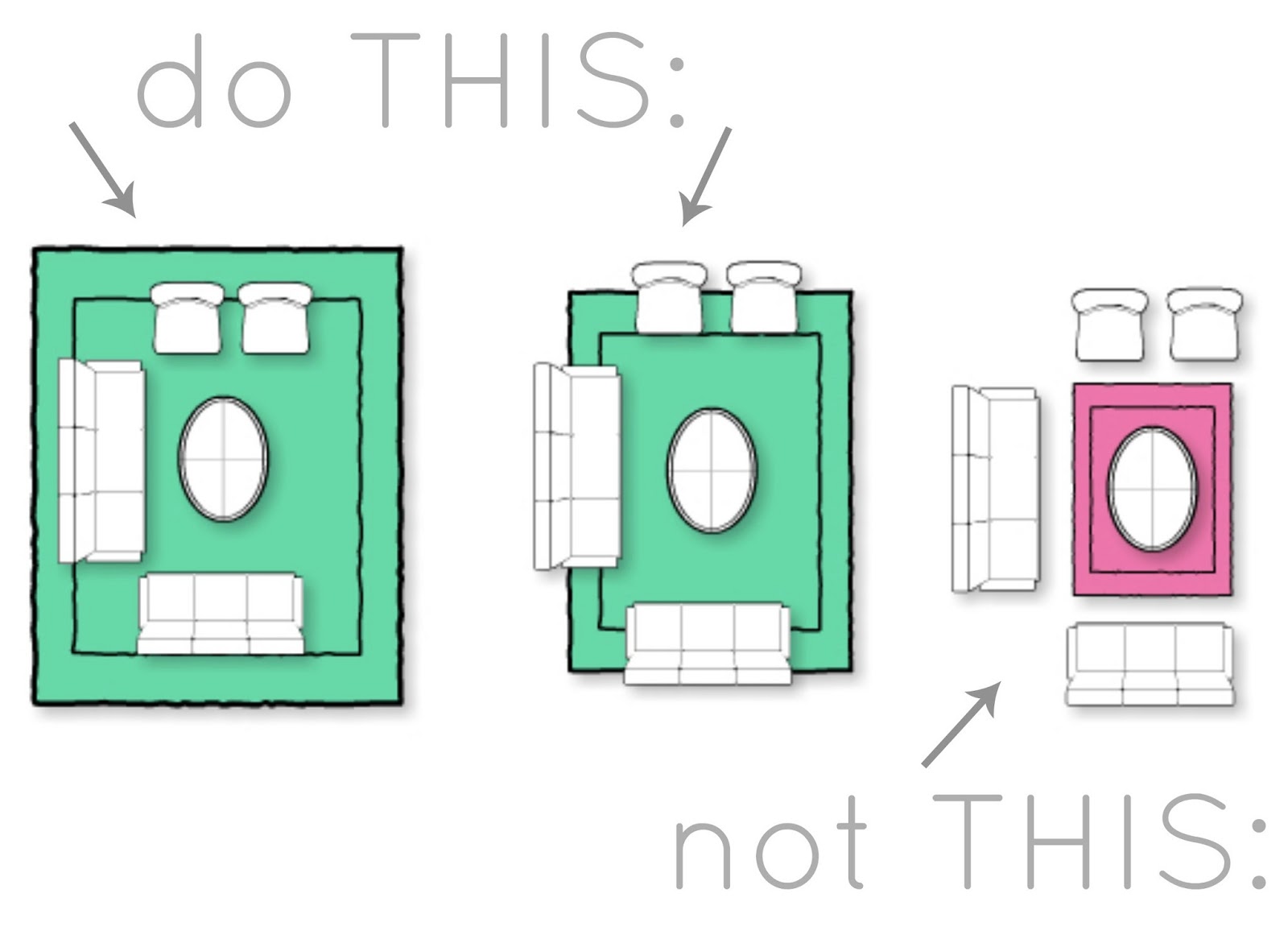
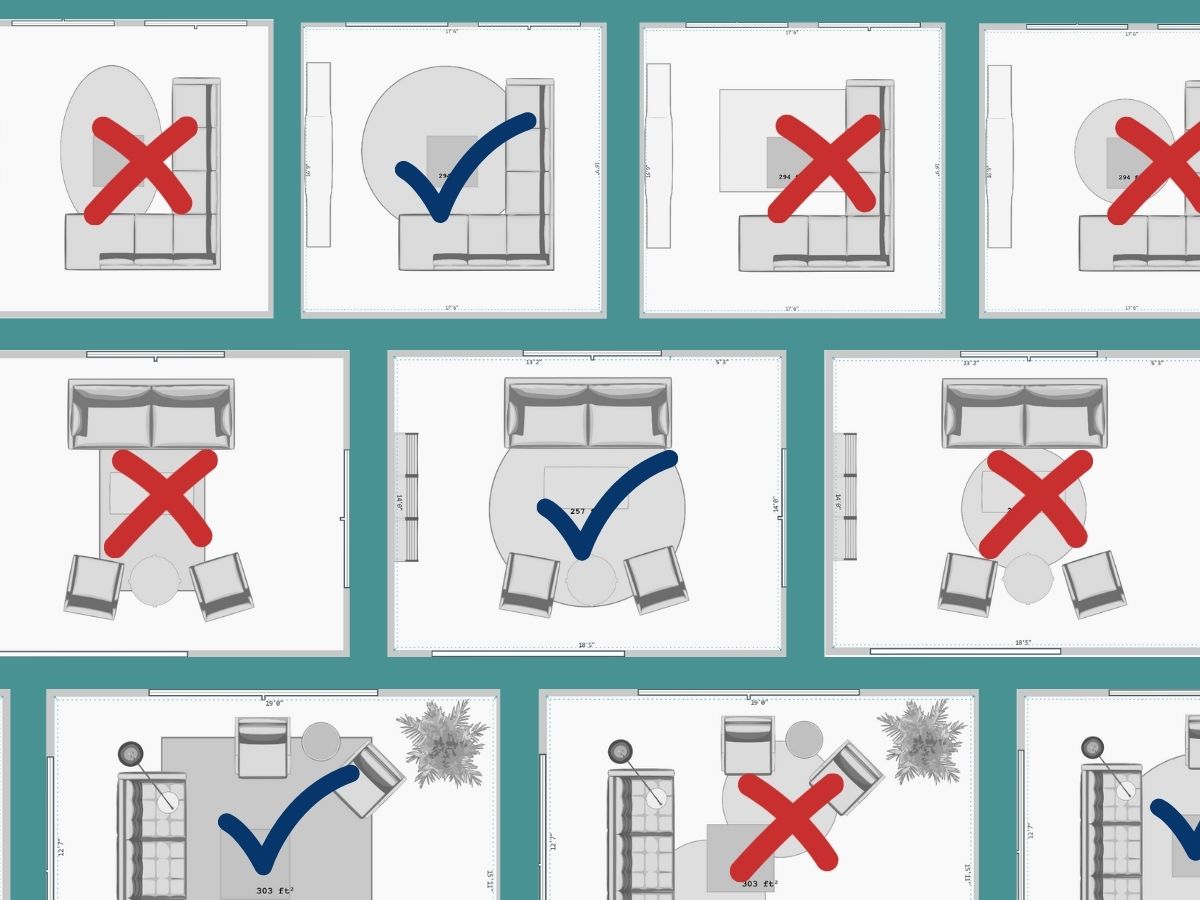

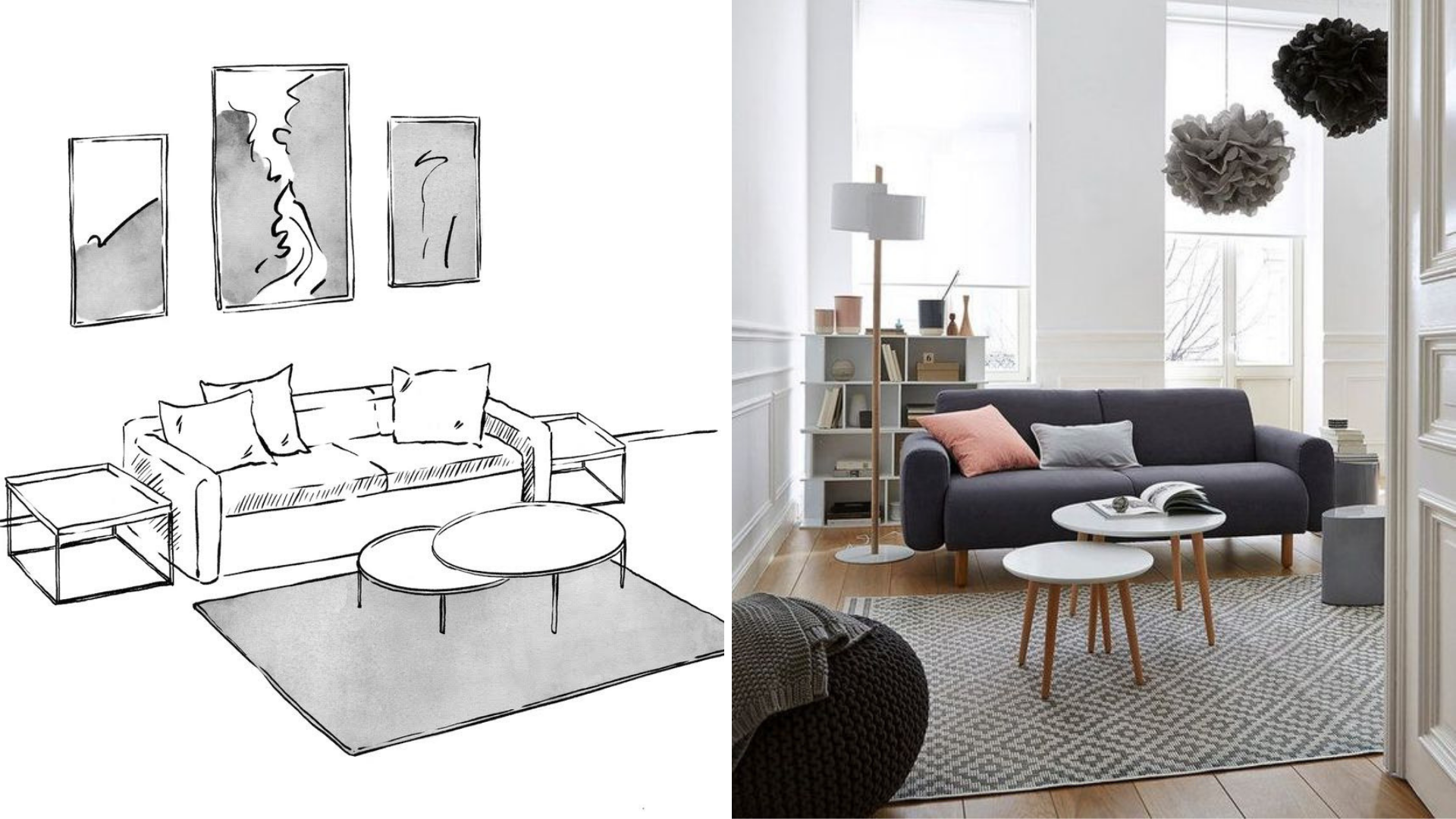

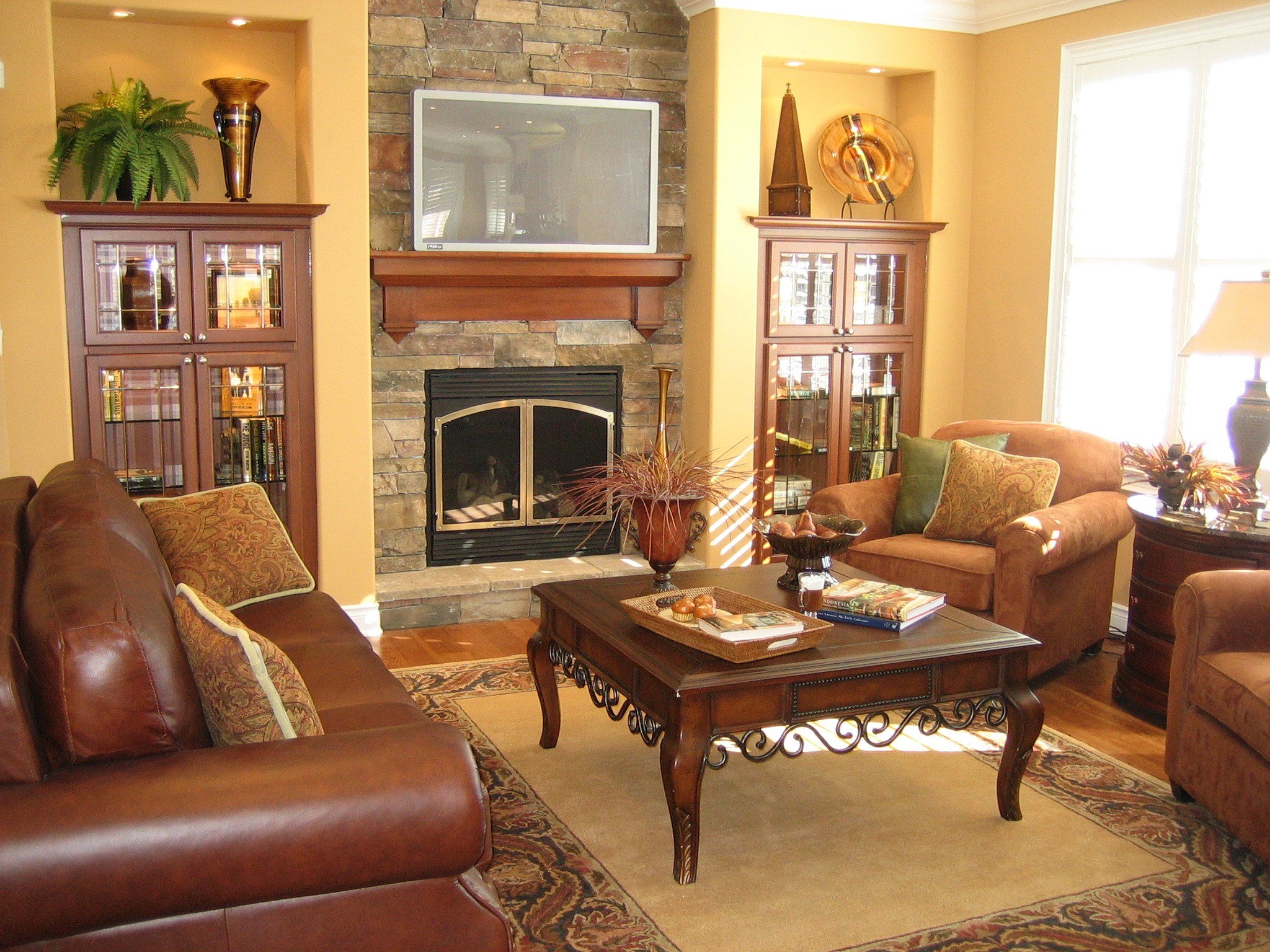

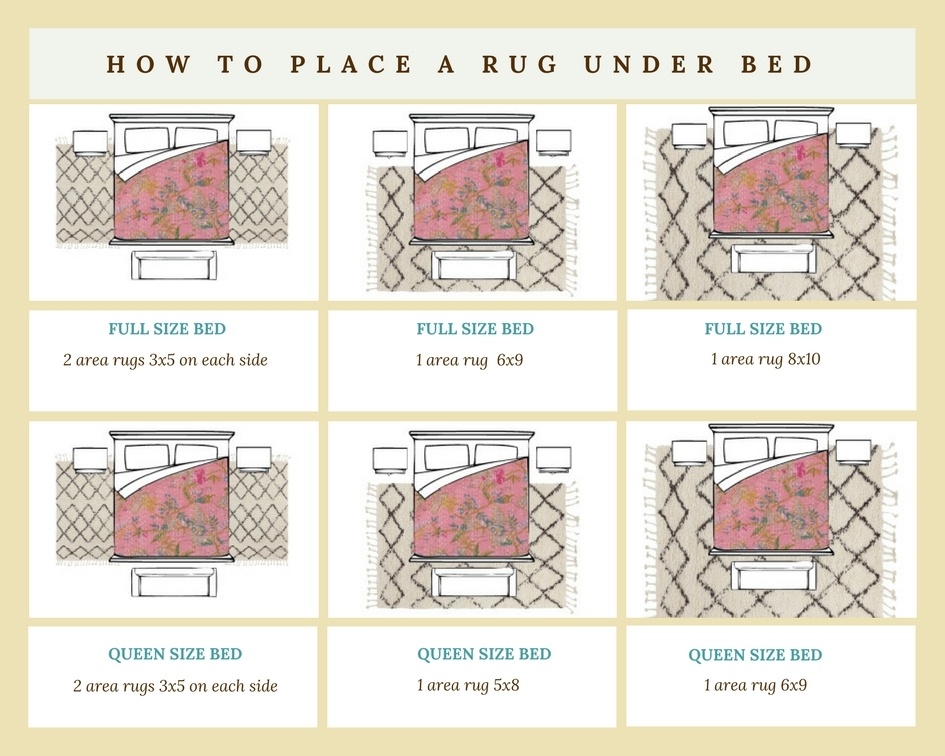

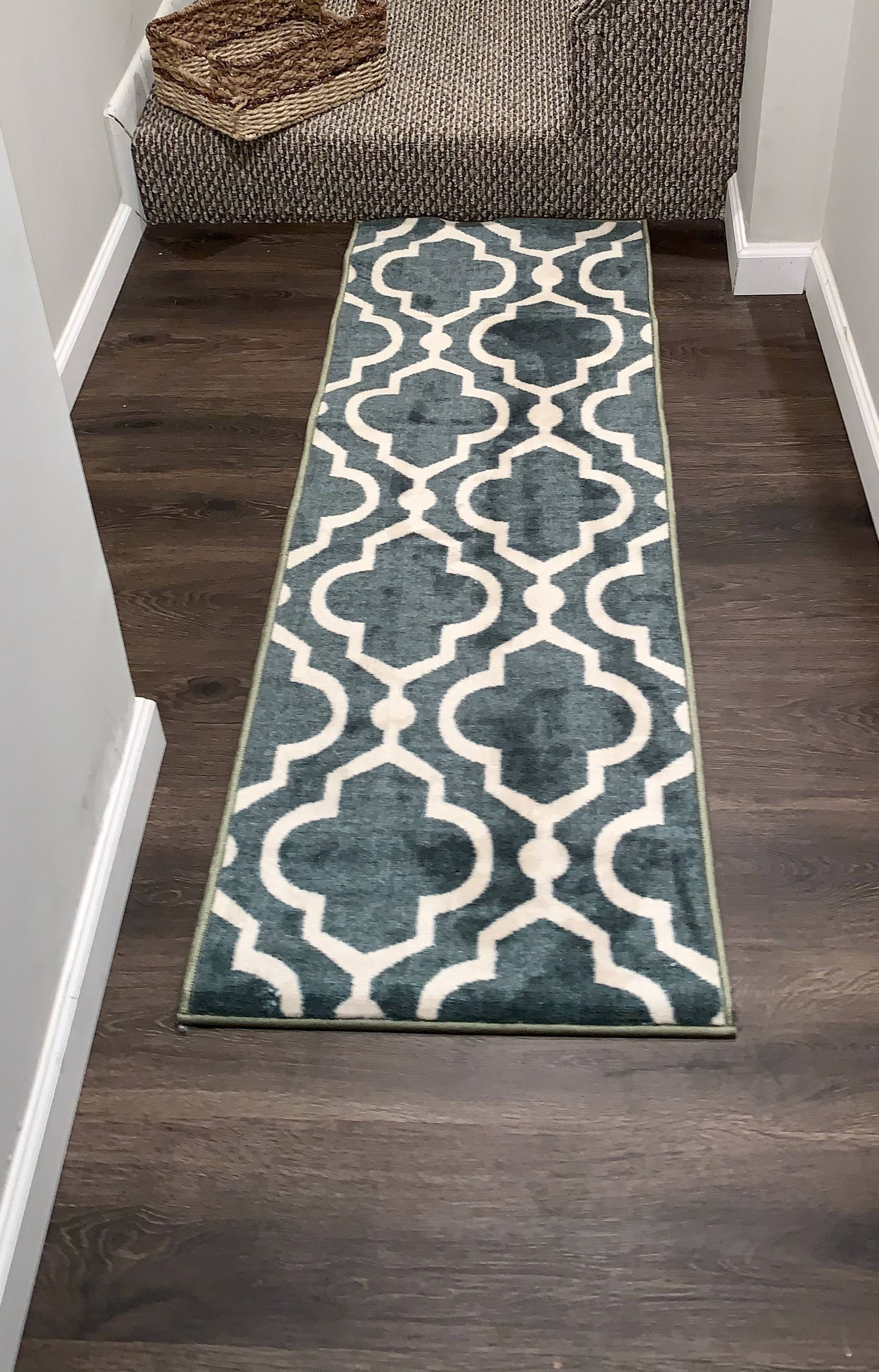


/samples-of-color-of-a-carpet-505106106-58758e045f9b584db373c6b4.jpg)

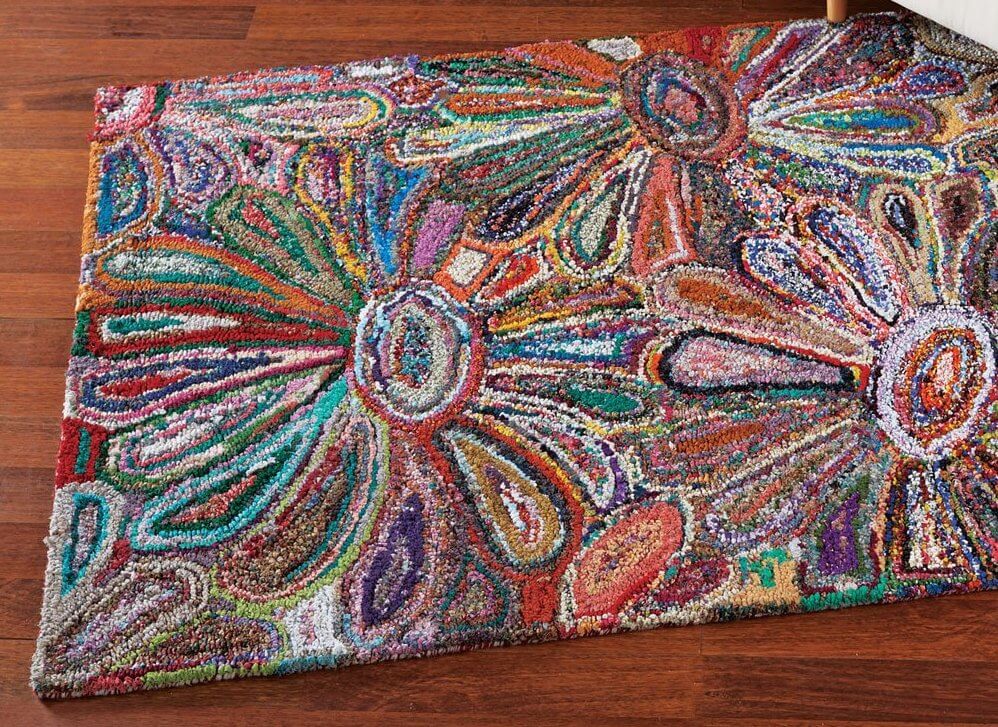
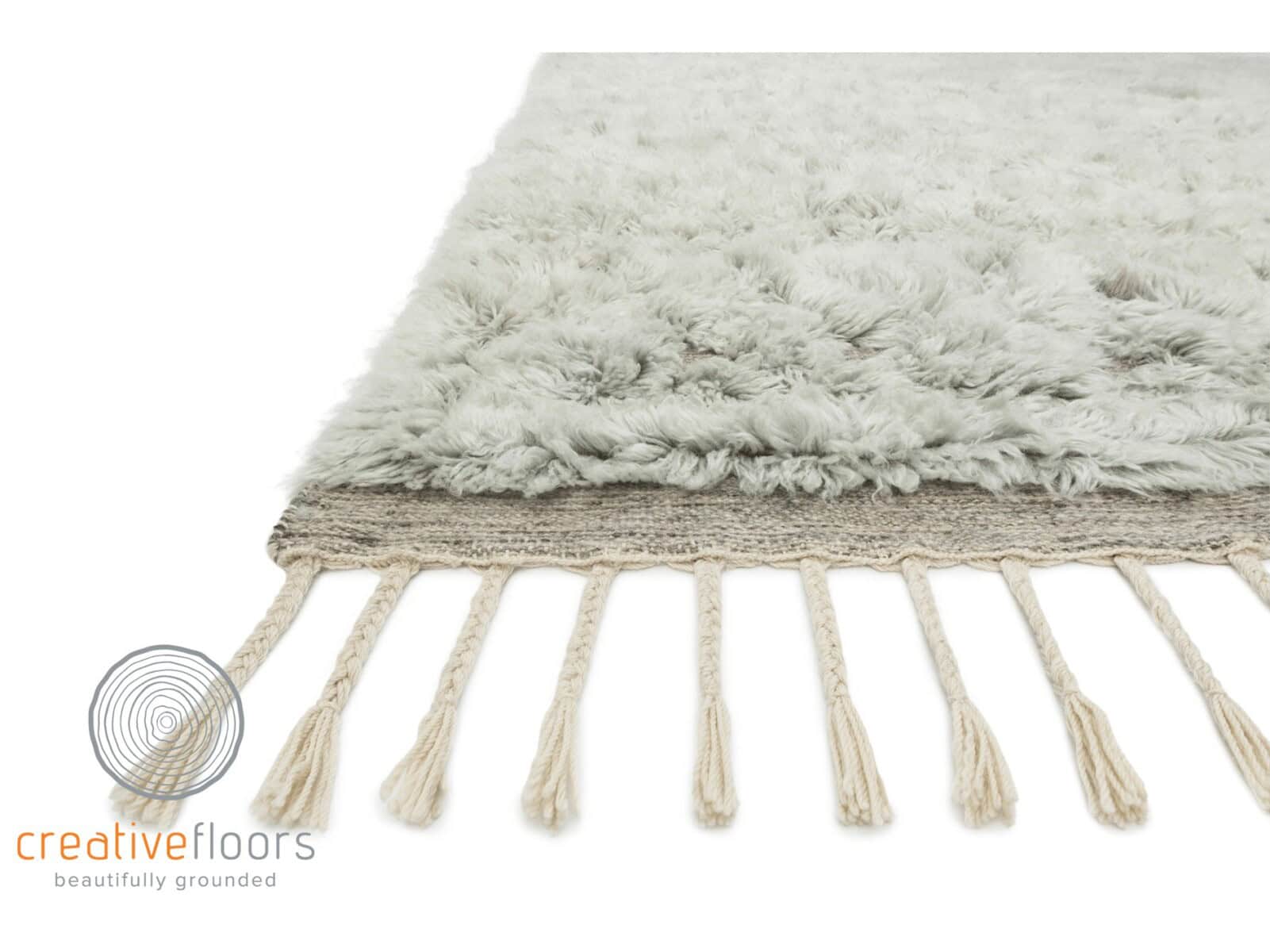






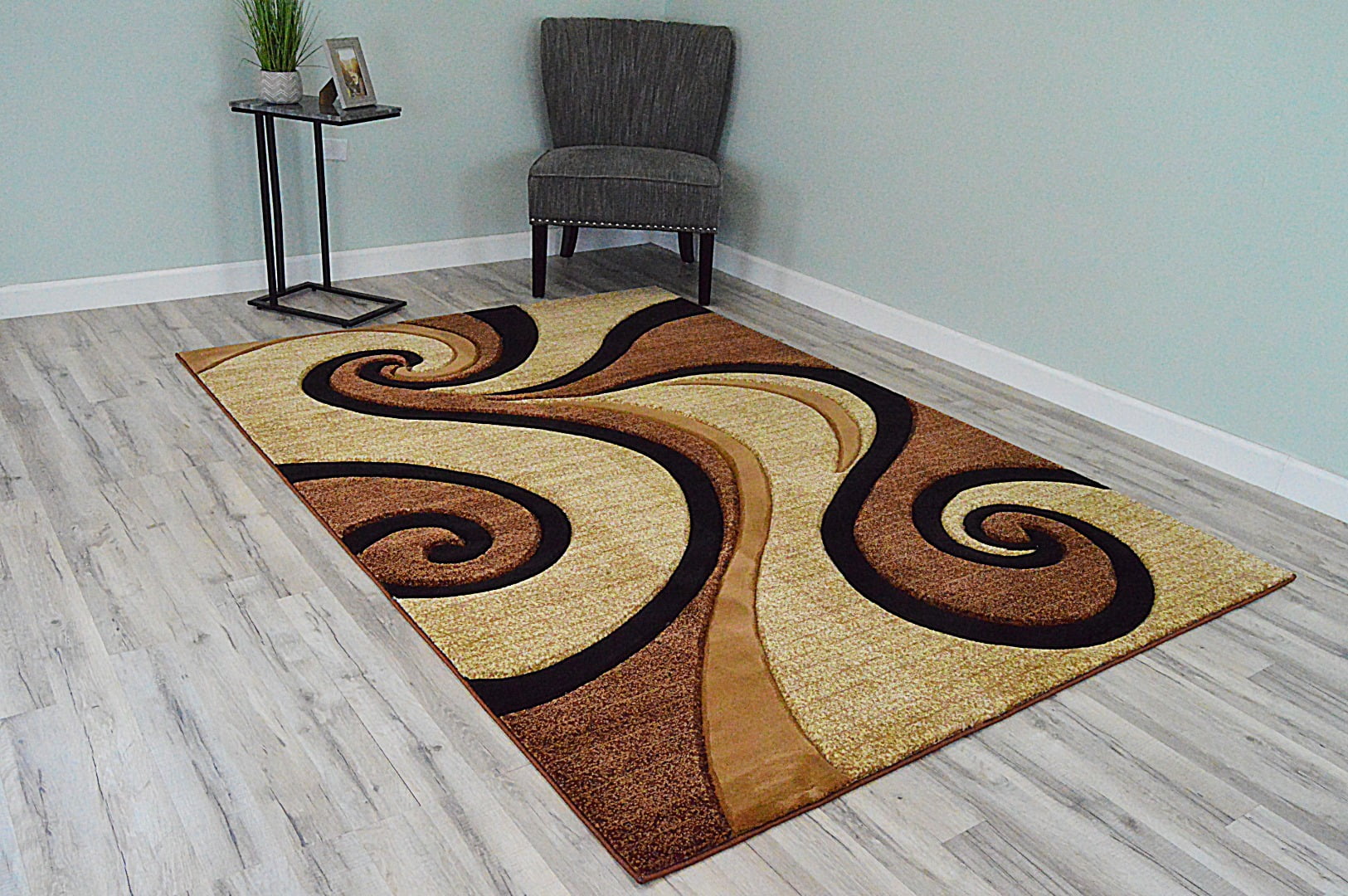





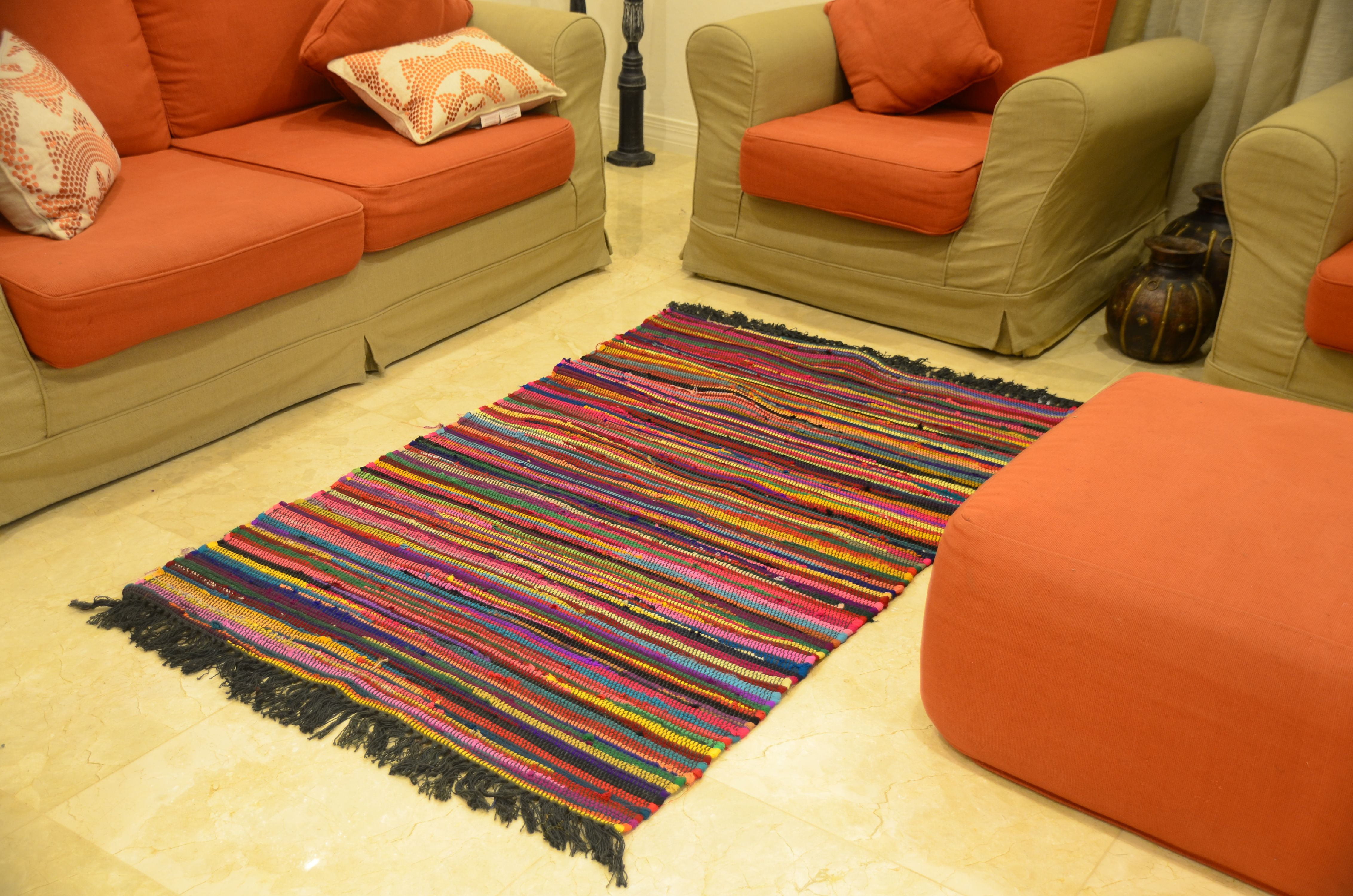


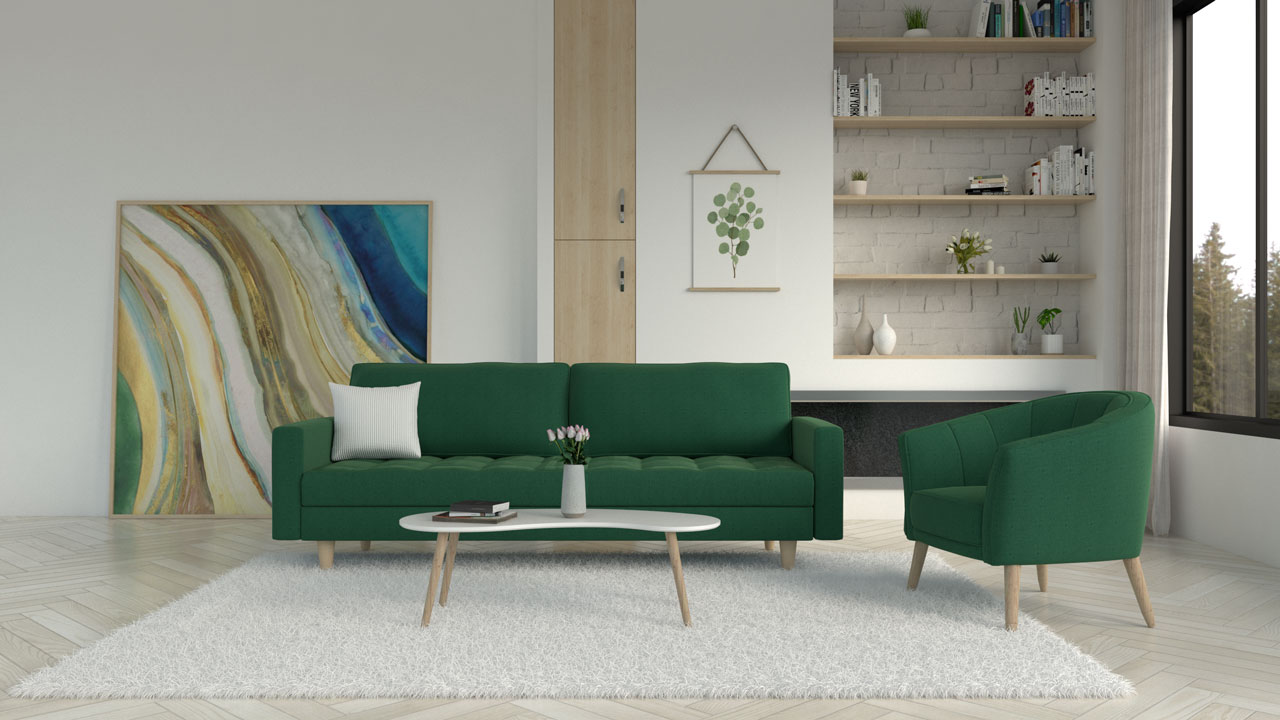
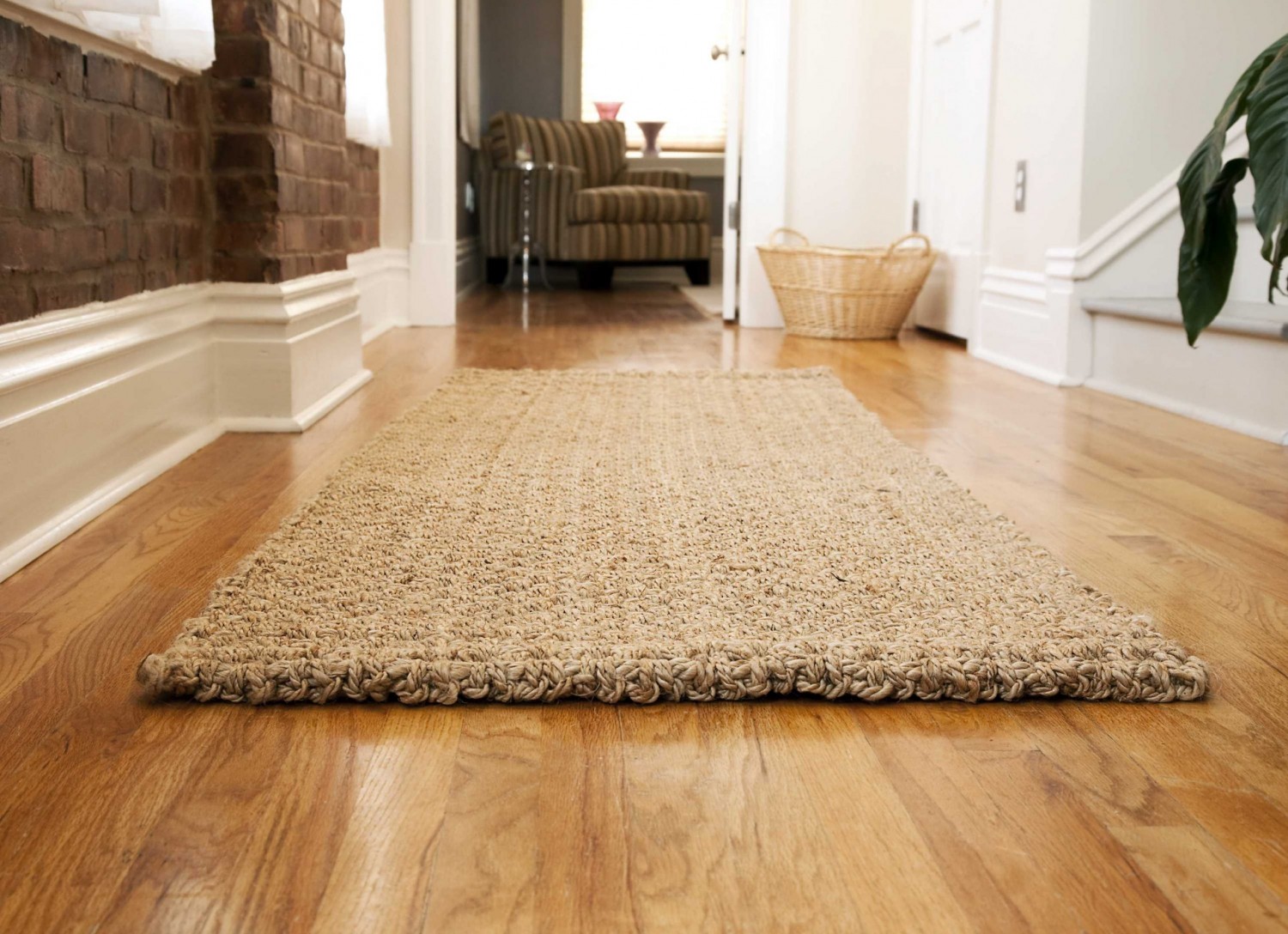


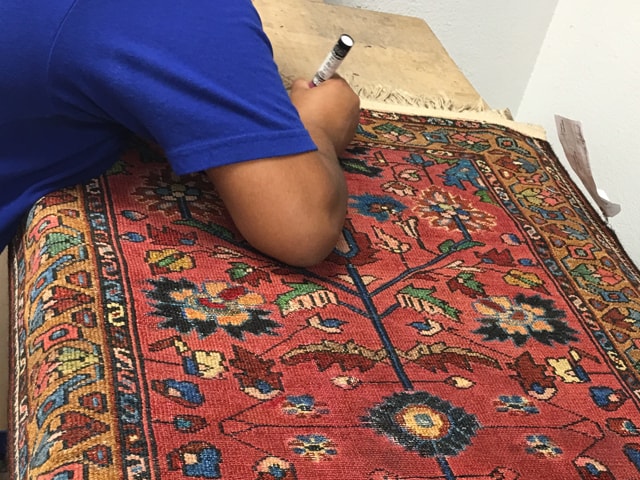

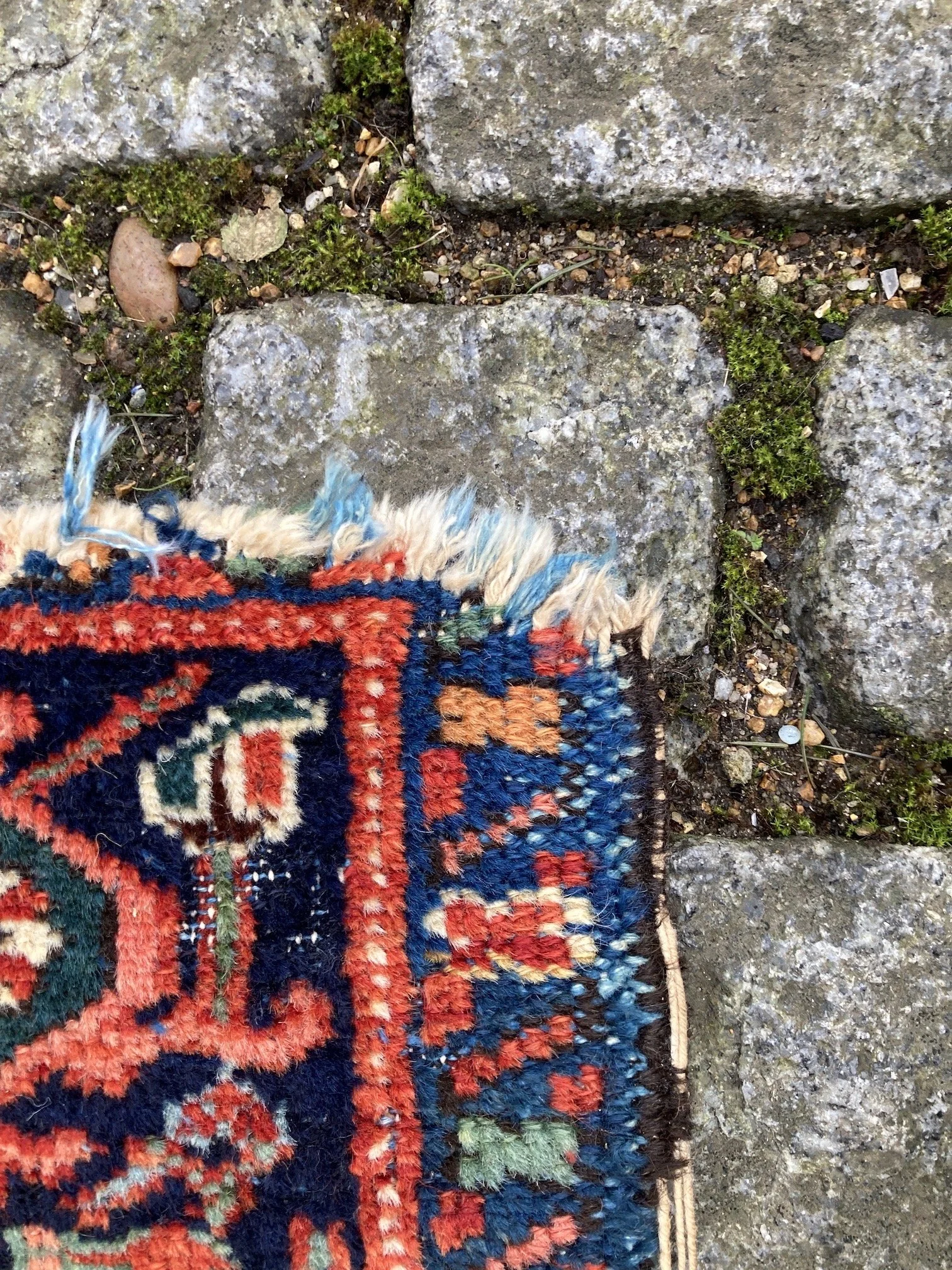

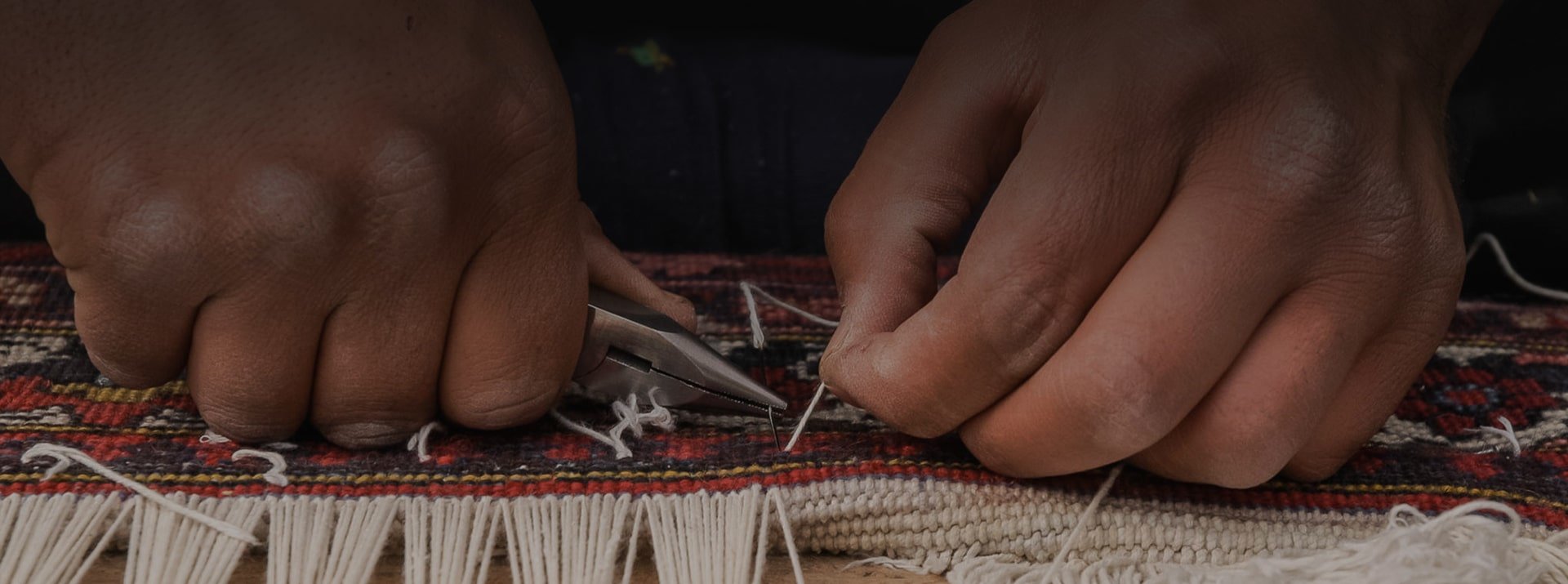




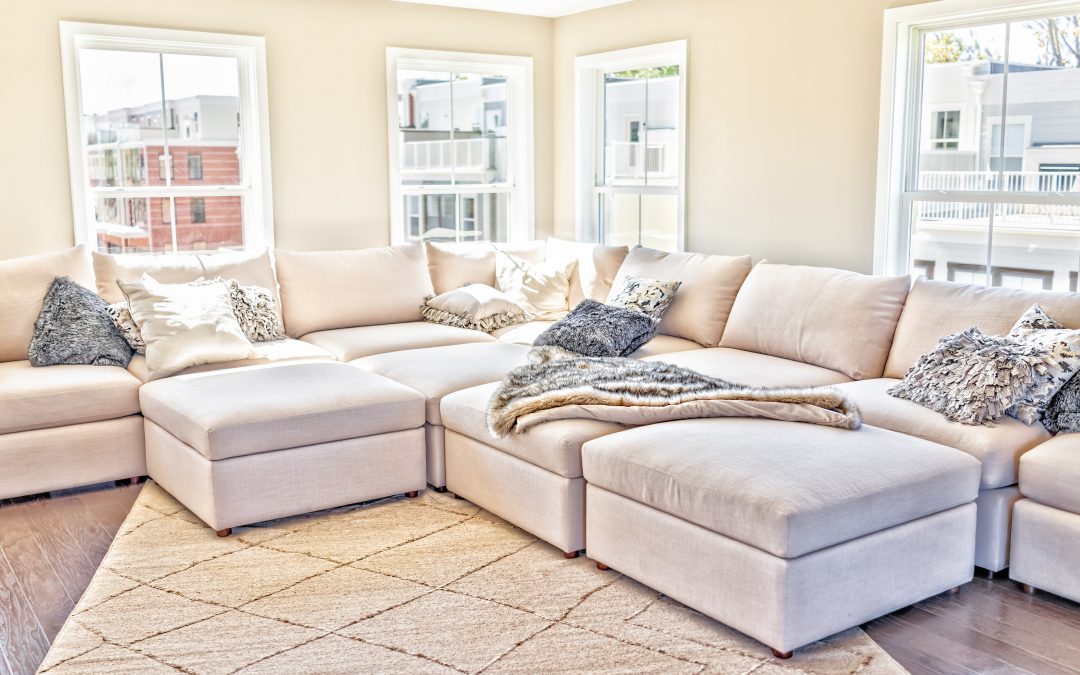
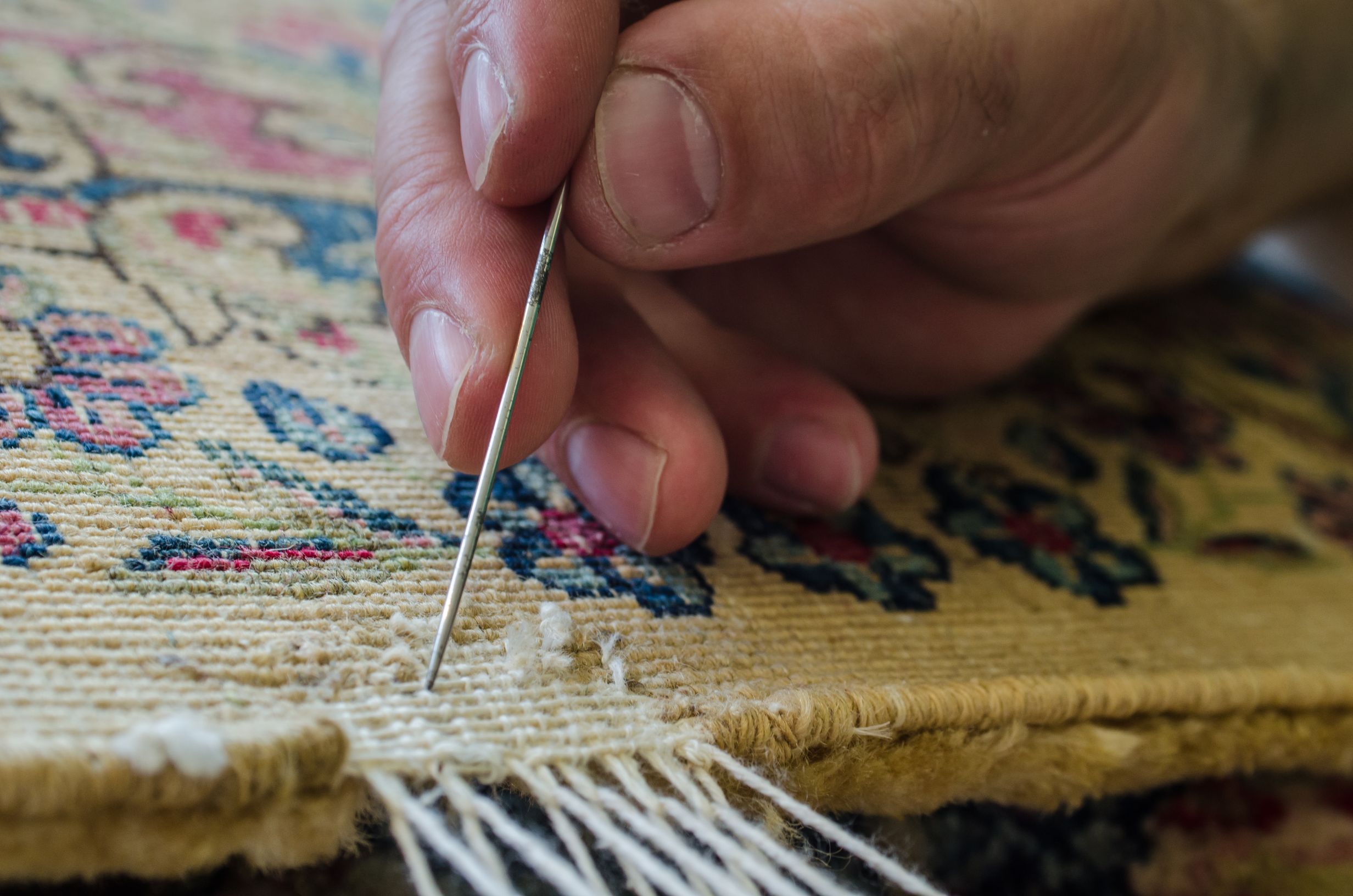





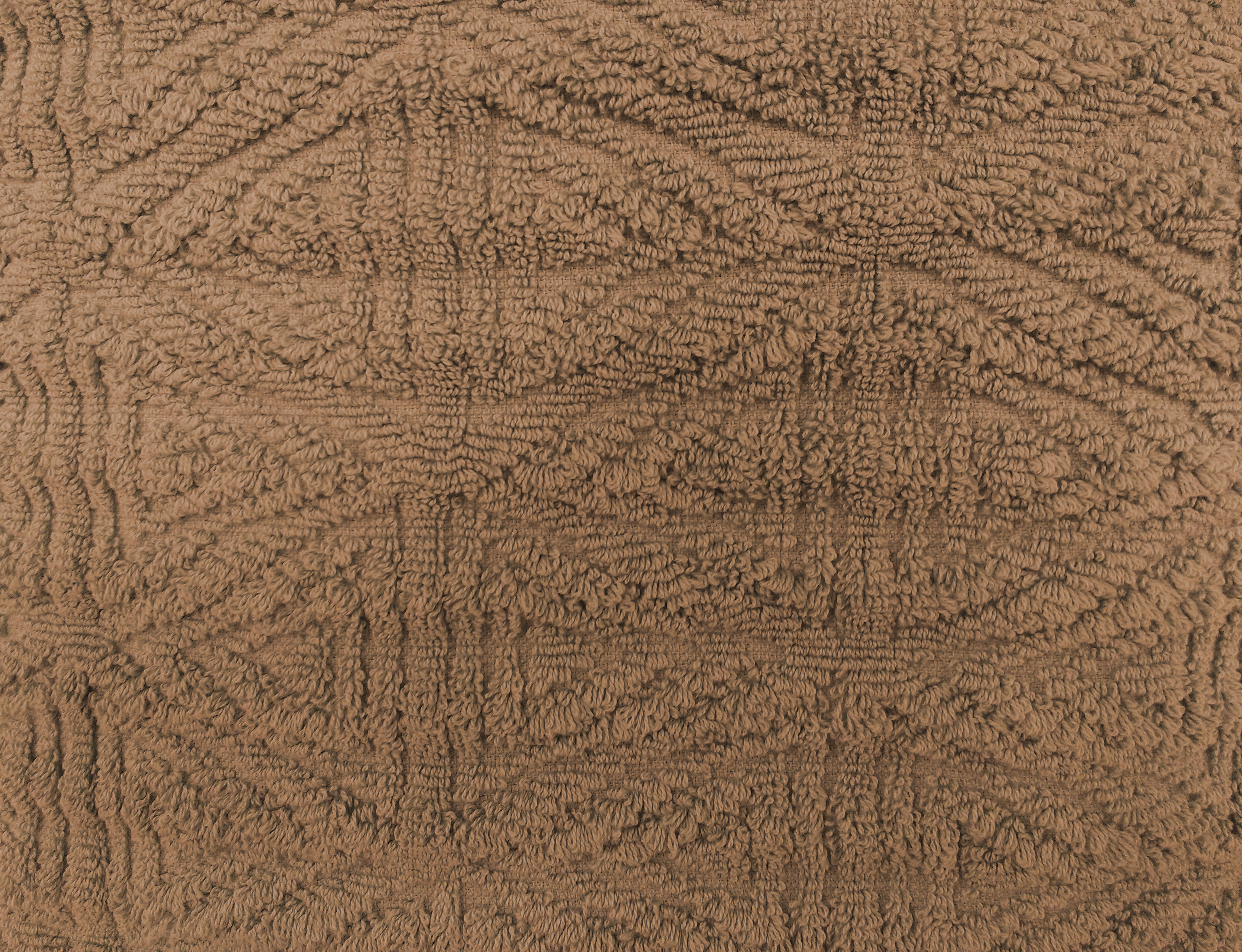


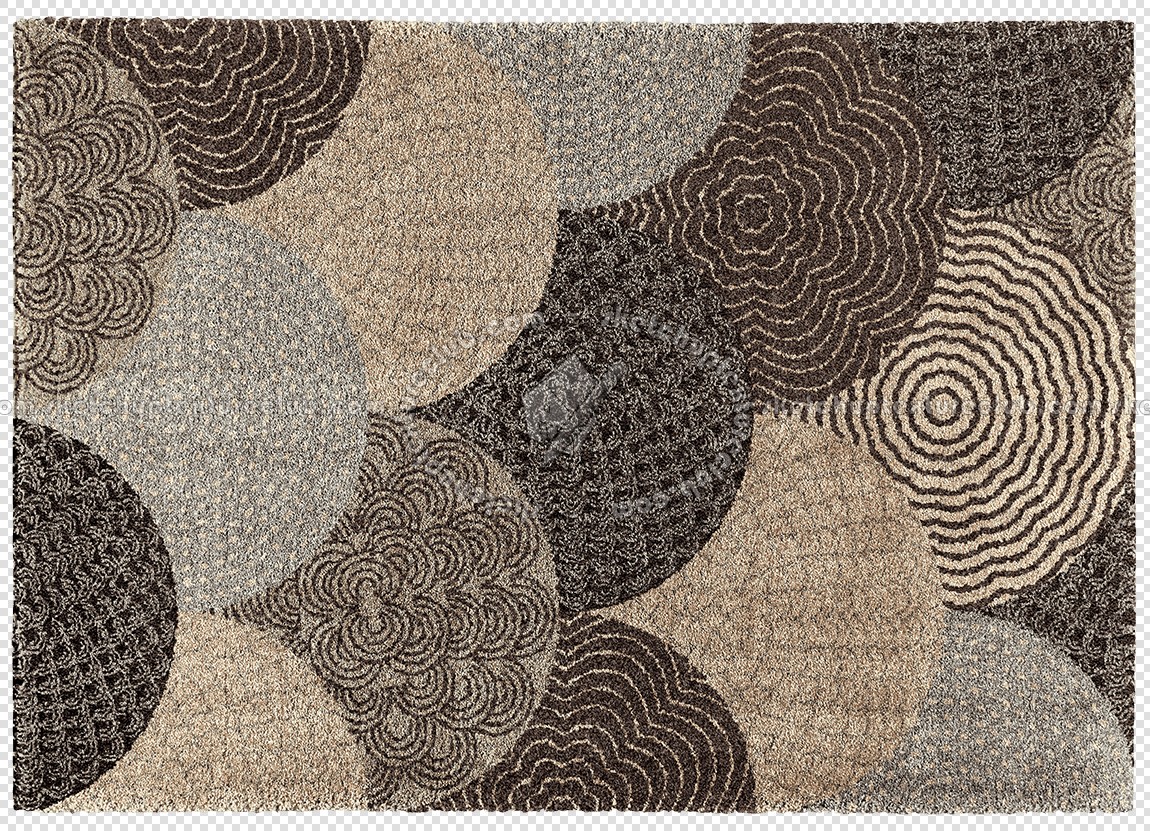

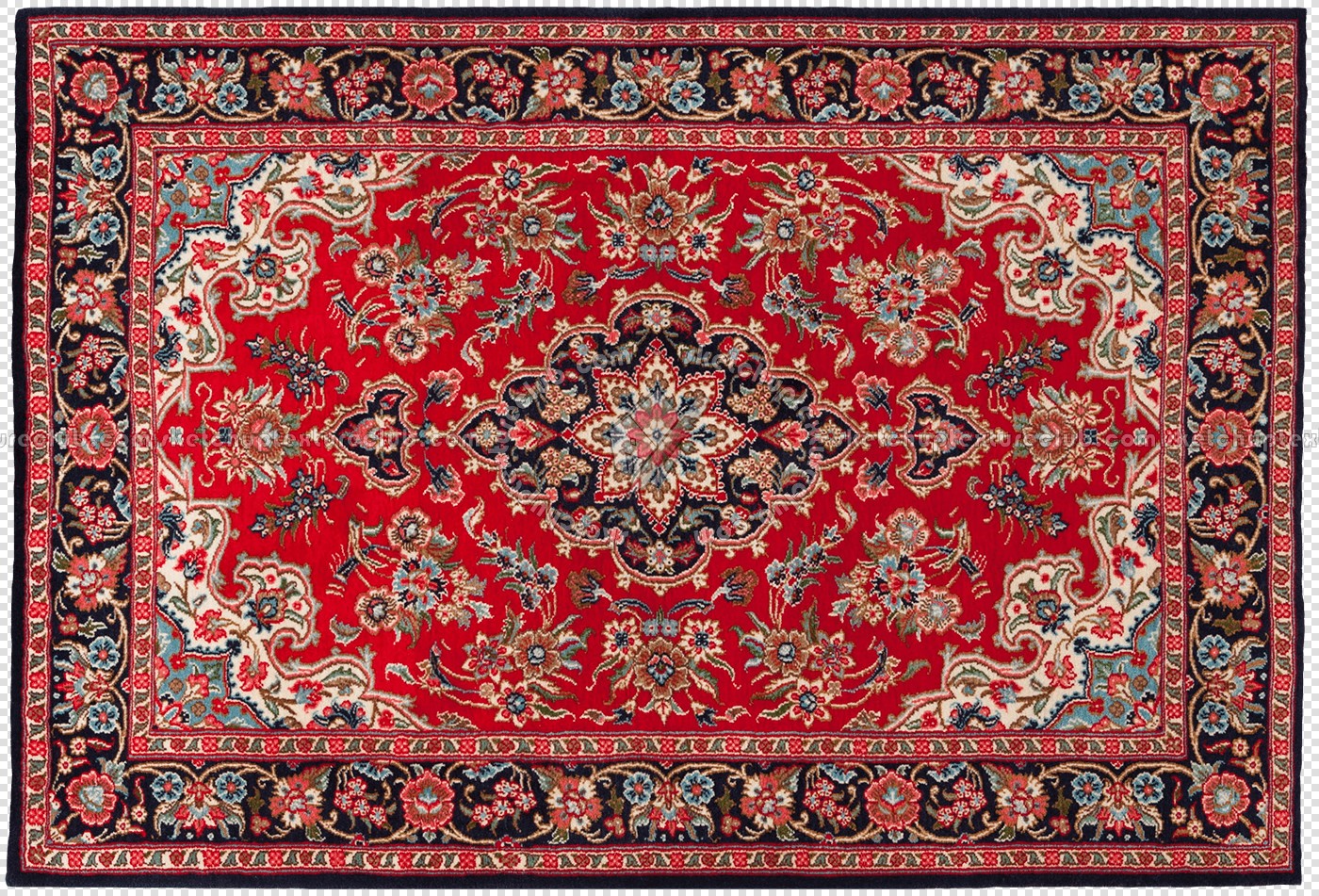


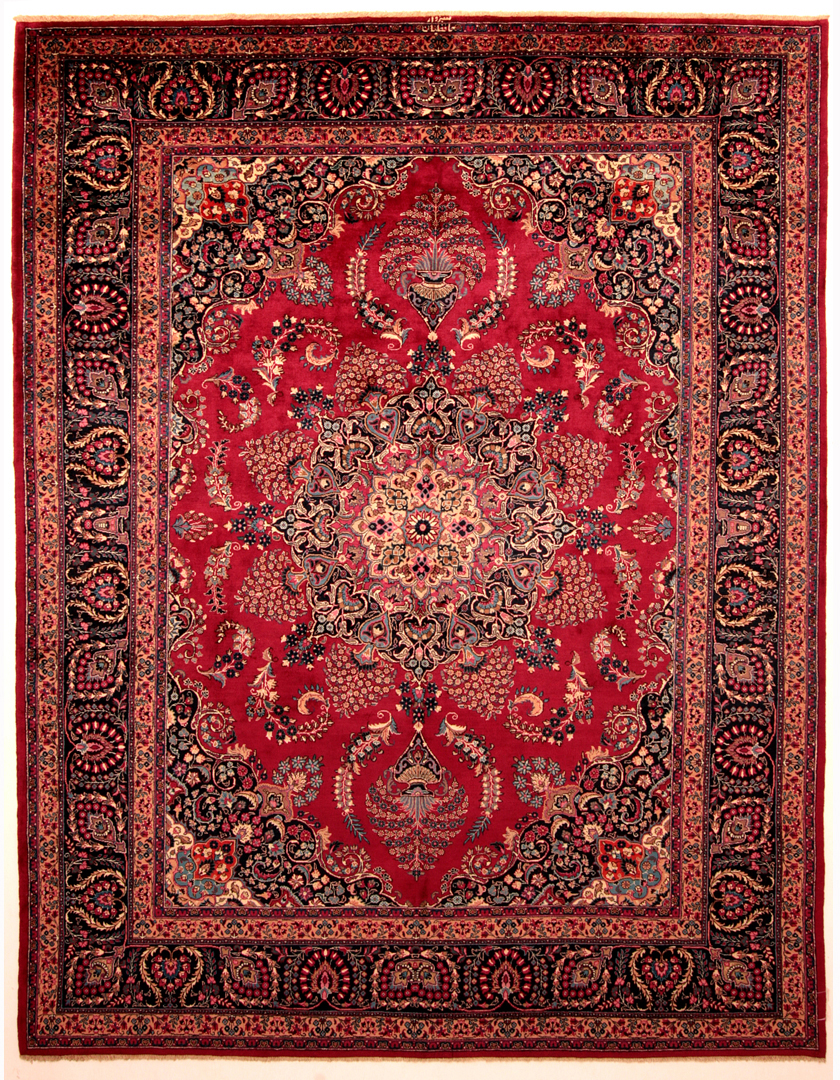
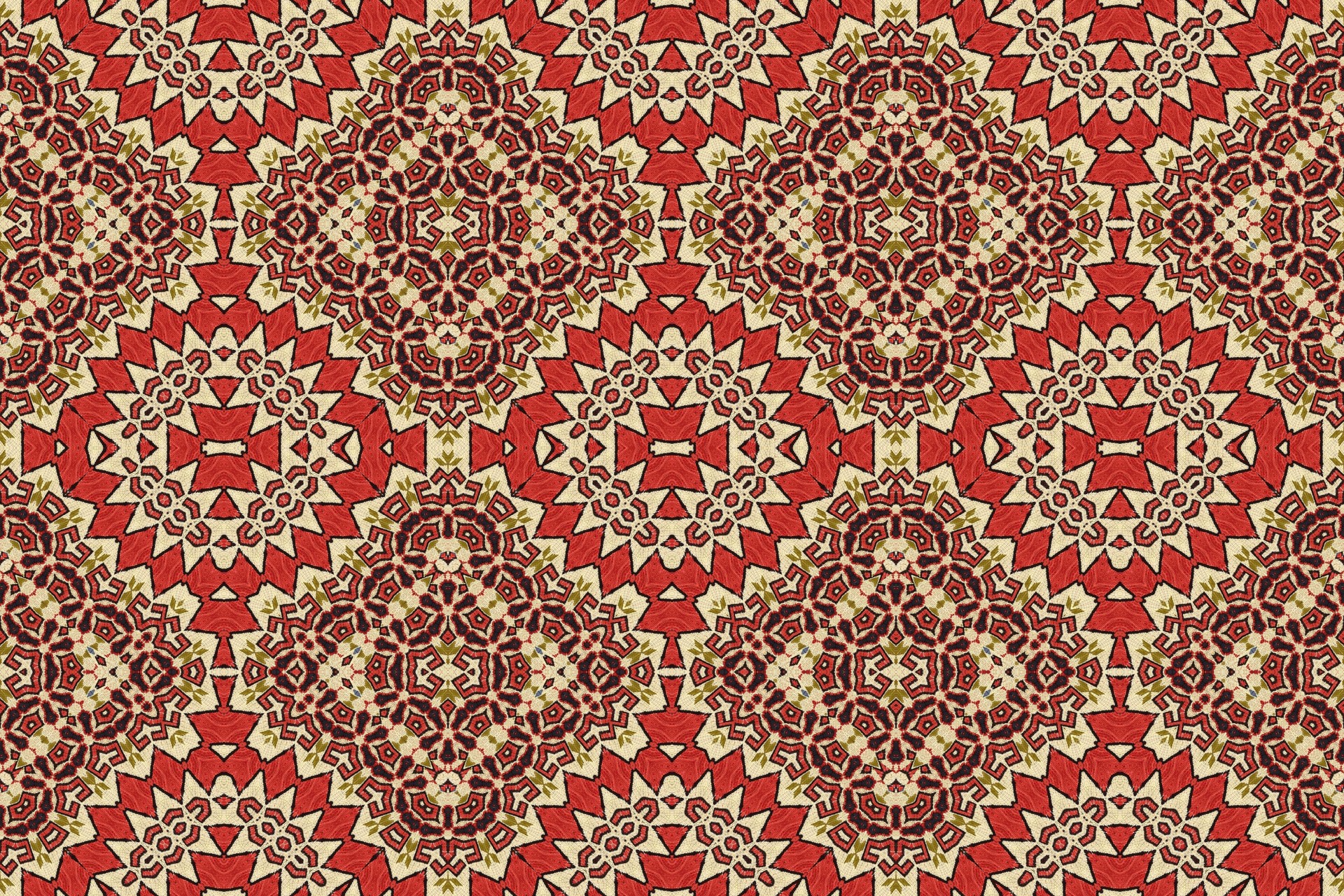

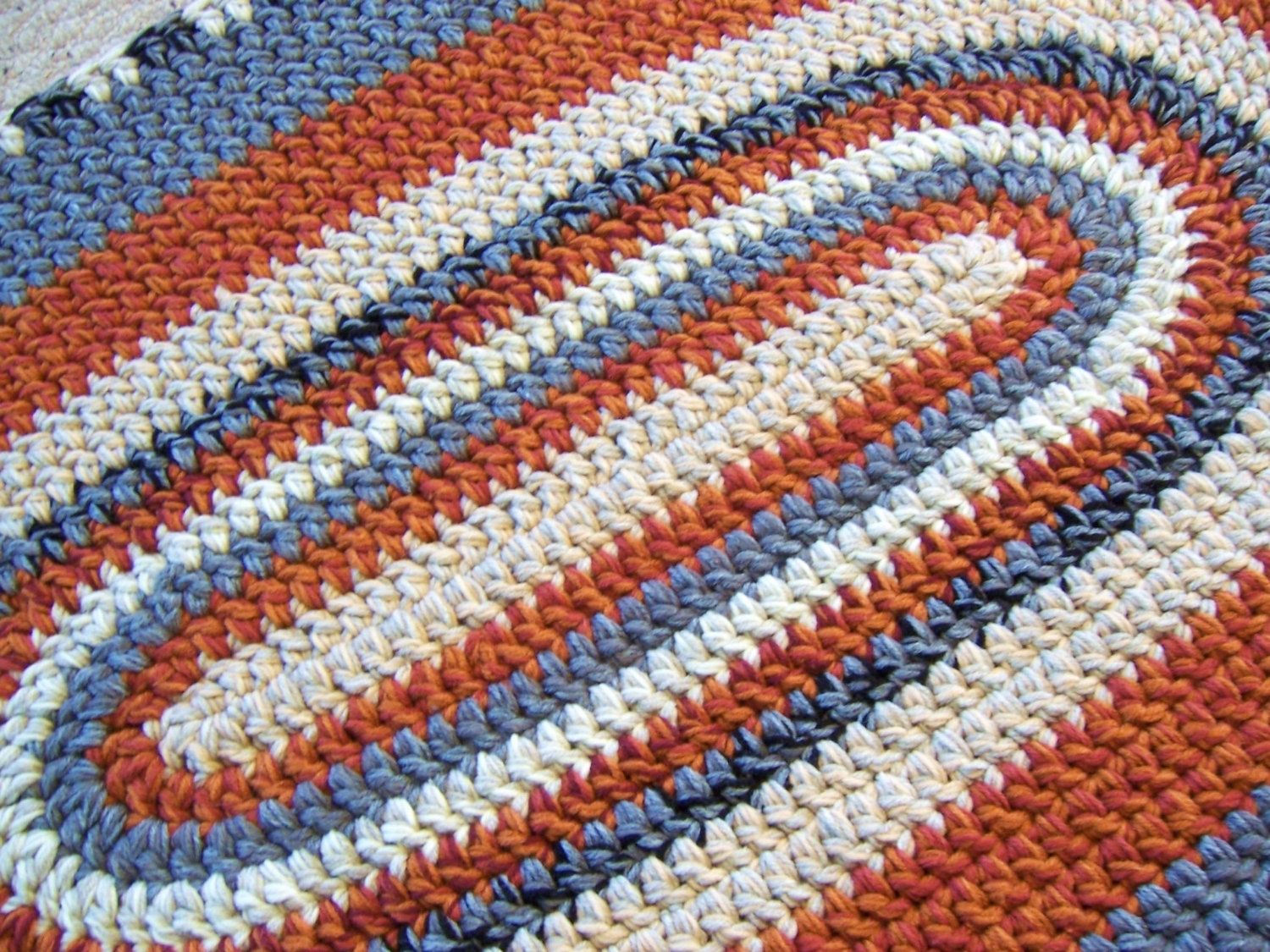
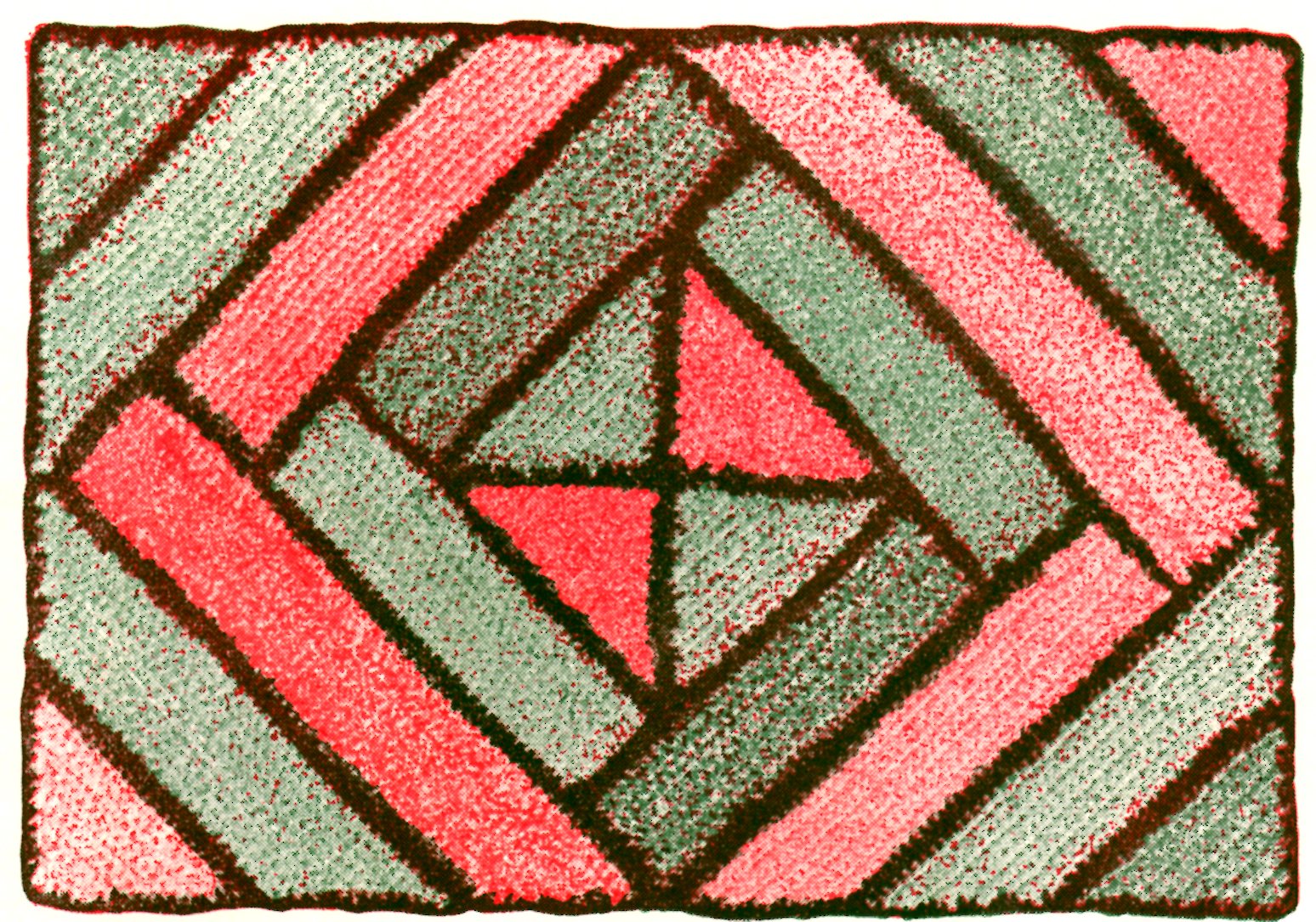

/colourful-crochet-rag-rugs-in-sunlight-539272509-f3943e9e37e8419ebf216e670d3eb775.jpg)
